Last week, while walking along a trail I later intended to share with some local kids, a subtle movement on the ground caught my attention.
My heart sang because I suspected I knew who I was looking at, but just the same, there were a few key characteristics that had to be acknowledged before I was one hundred percent confident.
You see, the first clues were the three buff-colored lines down its back. Between the lines, the keeled scales were quite dark. And this snake is known for its thin body and narrow, mahogany head.
But one of the most defining features, at least for me, is the whitish spot in front of each eye.
Do you see it? And the fact that there’s a line below separating it from the labial scales? Oh, and its lips are pure white.
These are examples of Ribbon Snakes, Thamnophis sauritus. In Maine, they are listed as a Species of Special Concern, which means this: “Any species of fish or wildlife that does not meet the criteria of an endangered or threatened species but is particularly vulnerable, and could easily become an endangered, threatened, or extirpated species due to restricted distribution, low or declining numbers, specialized habitat needs or limits, or other factors.” ~maine.gov.
I’ve had the good fortune of spying three or four this year, but always, I have to stop and think about the characteristics before feeling comfortable that I’ve made the correct identification.
I really wanted the kids in the Greater Lovell Land Trust/Lovell Rec afterschool program to see this snake when they arrived. We searched. But the best I could offer was the photos I had taken.
A much more frequent sighting is of one of the largest snakes in Maine–at least of the snakes that I have met. There are nine species of snakes in Maine, but in my encounters, I’ve only met five of them (and only have photos of four to share).
This species is happy on land or in the water and before you let the hair raise up on the back of your neck and think you may never swim in a Maine lake or pond again, in the 35 years that I’ve lived here, I’ve seen plenty, but never encountered one while swimming. Oh, I’m sure people have other stories to share, but that has been my experience.
That said, this is one LARGE snake and can measure up to 42 inches in length.
Coloration can vary from a base color of pale gray to dark brown.
Notice how the pattern looks like bands wrapped around the body as presented from behind the head, but then becomes more blotchy in appearance.
Meet Maine’s Northern Water Snake, Nerodia sipedon, featuring a face only a mother could love.
I know some favorite haunts of Water Snakes and always look carefully because it can be well camouflaged.
One not camouflaged at all that my guy and I saw a few weeks ago on a Mondate, struck us as being out of its realm as it paused briefly on a granite ledge near the summit of a mountain upon which we hiked.
Its coloration gives away its common name: Smooth Green Snake. Smooth because unlike the first two snakes and the one I’m about to share, Green Snakes’ scales are not keeled. And its scientific name: Liochlorophis vernalis.
In my book of observations, I’ve only seen two Green Snakes ever–because they do look like their preferred grassier habitat.
The final snake of this series is the one I see most often. It might be sunning on a granite rock or searching for a meal in the kitchen garden.
Sometimes more than one crosses my path simultaneously.
And though it would be easy to mistake for a Ribbon Snake because of the buff-colored lines on its back, it isn’t. This snake has a stockier body and wider, olive-green head. Two other differences include dark marks along the edges of each labial (lip) scale, and of equal importance, no defined white spot in front of each eye. Oh, it’s pale yes, But scroll back up to the photo of the Ribbon Snake and see how they differ.
Also note how its coloration differs from one snake to another. Blotches between the stripes are common on this species but not a part of a Ribbon Snake’s appearance.
This is a Common Garter Snake: Thamnophis sirtalis.
So here’s the most exciting news of the day. Yesterday, before meeting with the same afterschool group as last week, I pre-hiked the trail. Suddenly, I walked into web as thick and sturdy as a fish net and bounced back with surprise. When I looked for the creators, I found three small spiders, who immediately went into action to fix what I had just ruined. I spent a few minutes watching them, then turned my attention back to the trail and just off to the left I spied this Garter Snake at eye level in an Eastern Hemlock sapling.
Snakes spend the fall basking in the sun because they are ecothermic, meaning they are cold-blooded and their body temperature varies with the environment. Mary Holland, in her Naturally Curious blog post today, described their fall/winter habits of Basking and Brumating.
When the kids arrived, I told them about my sighting–and we talked a bit about the differences between last week’s Ribbon Snake sighting and this week’s Garter Snake. And then we began our hike, stopping along the way to examine leaves, dig into the leaf litter as Forest Floor Archaeologists, and play with sticks cuze kids just love to play with sticks.
About two thirds of the way along the trail, exactly where I’d spied it two hours prior, the Garter Snake still posed. And the kids got to examine it. And wonder. And exclaim. They went in for a close-up look, thus the snake stuck out its tongue repeatedly in an attempt to get a better sense of who or what might be in its midst.
Snakes have poor eyesight and their hearing ability is limited. Thus they use their nostrils and tongues to pick up scents of prey or predator. By flicking the tongue, they collect odors that the forked prongs relay to two holes in the roof of their mouths, aka Jacobson’s organ. With information transferred from the organ to the brain, they can interpret scents.
For the kids and me, it was this sense: Best. Moment. Of. The. Afternoon.
For the snake: it decided we weren’t worth getting excited about as it made sense of our scents.



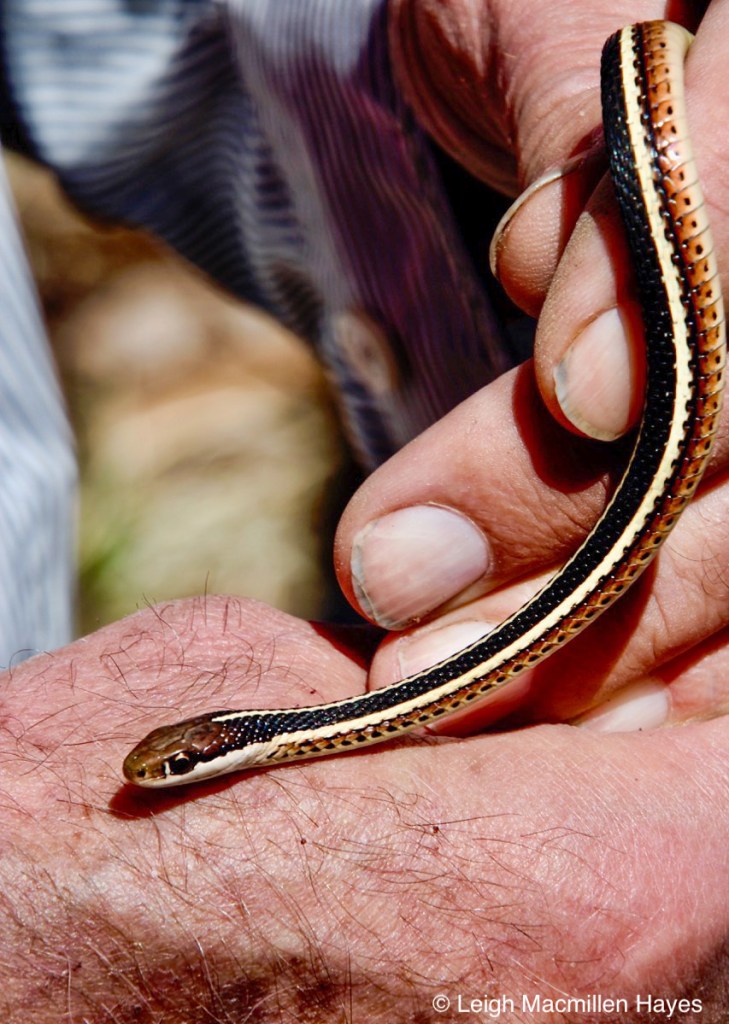

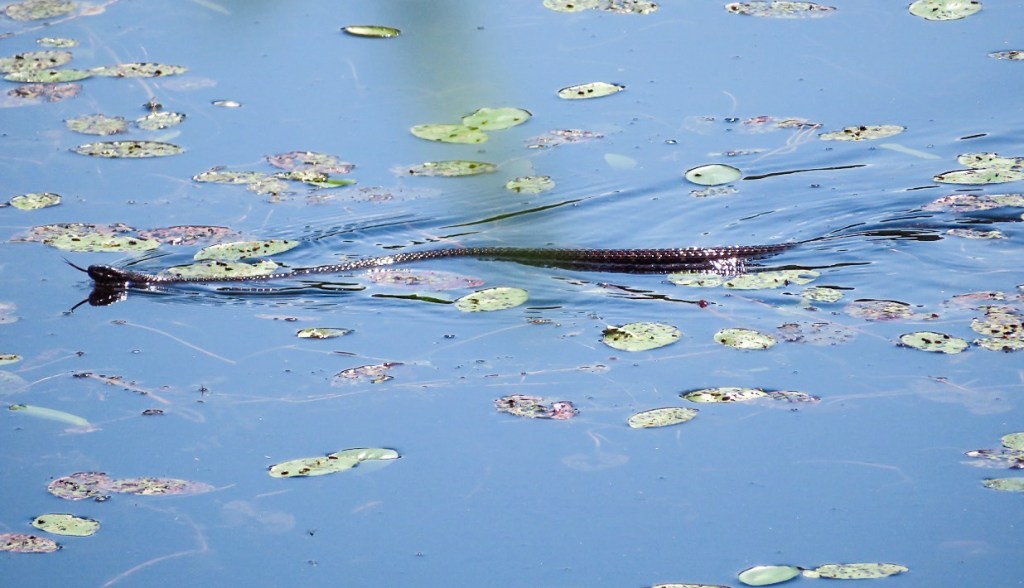











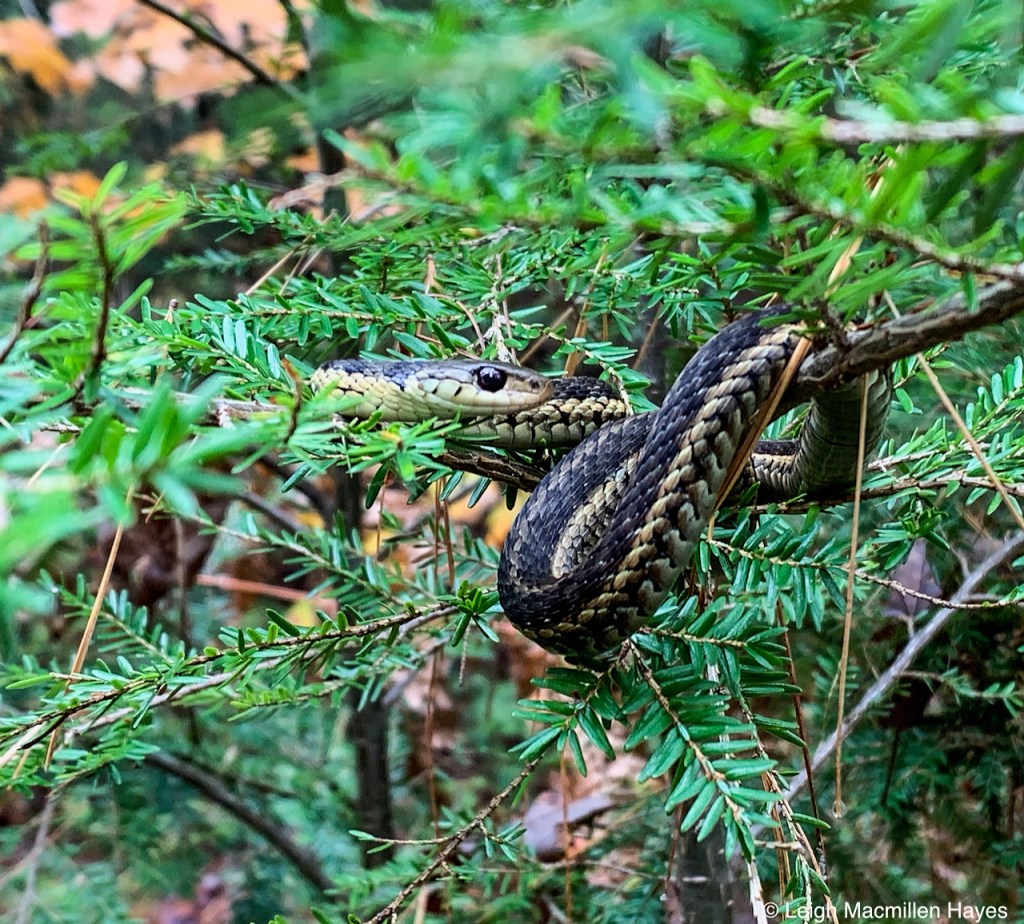



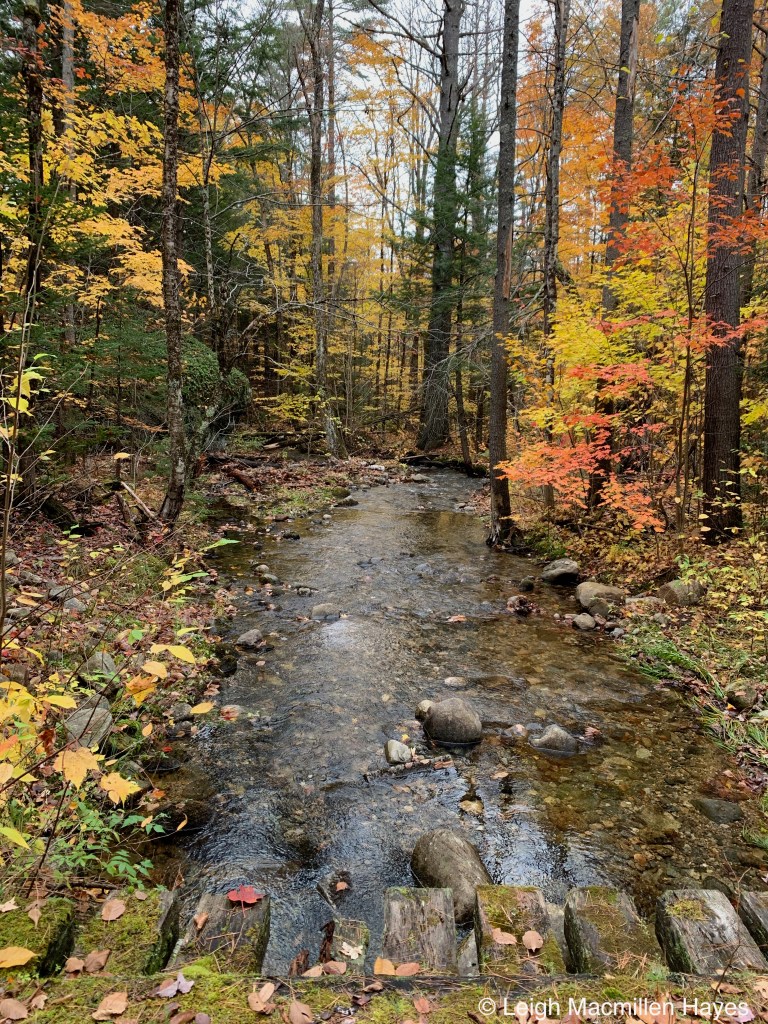

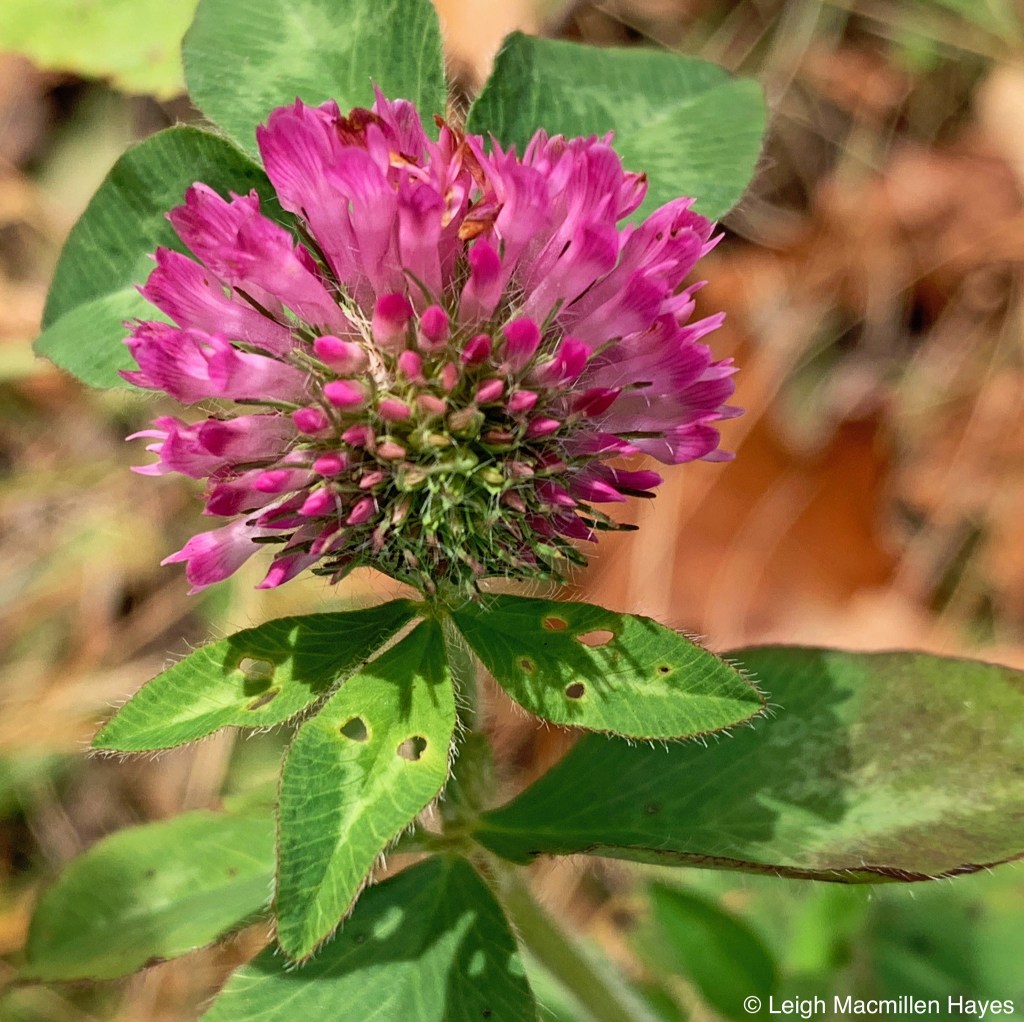

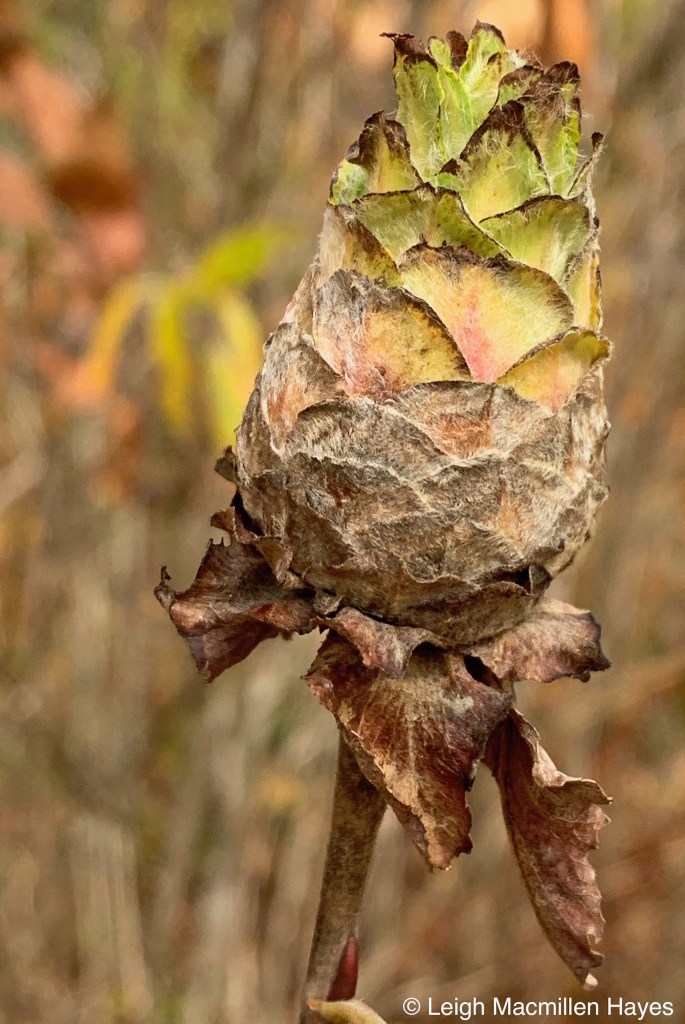
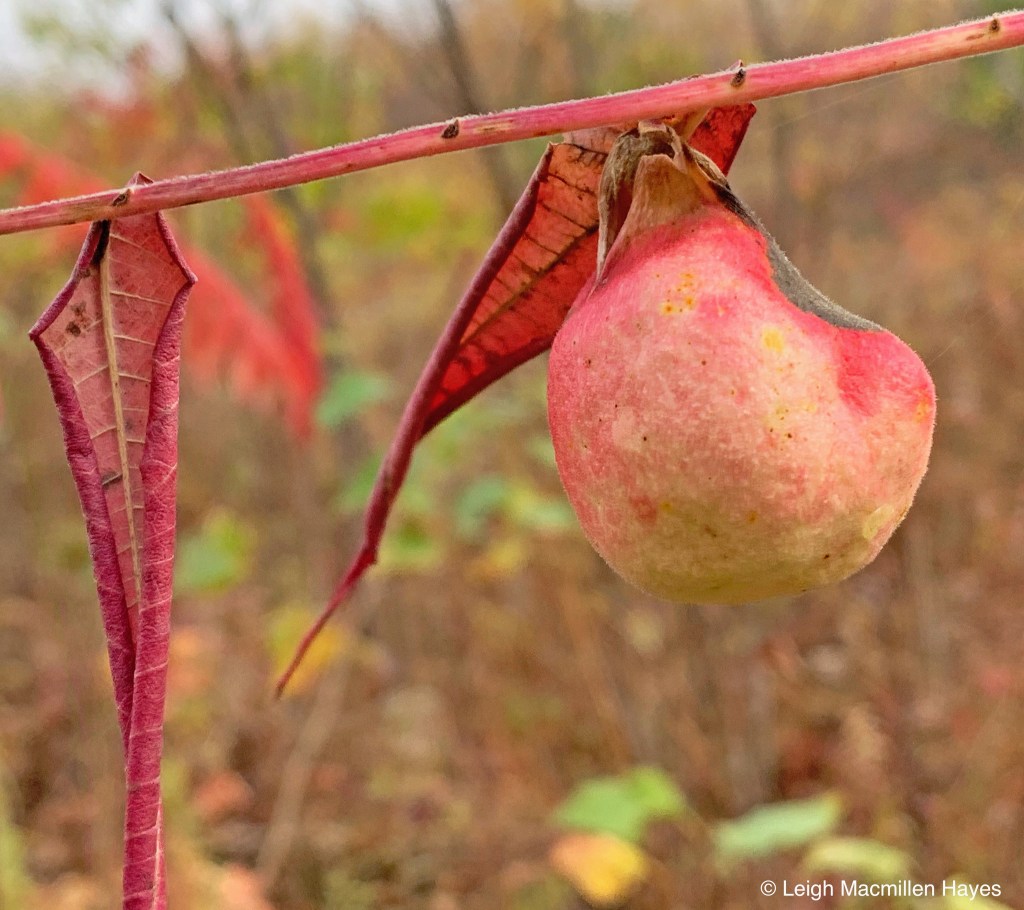


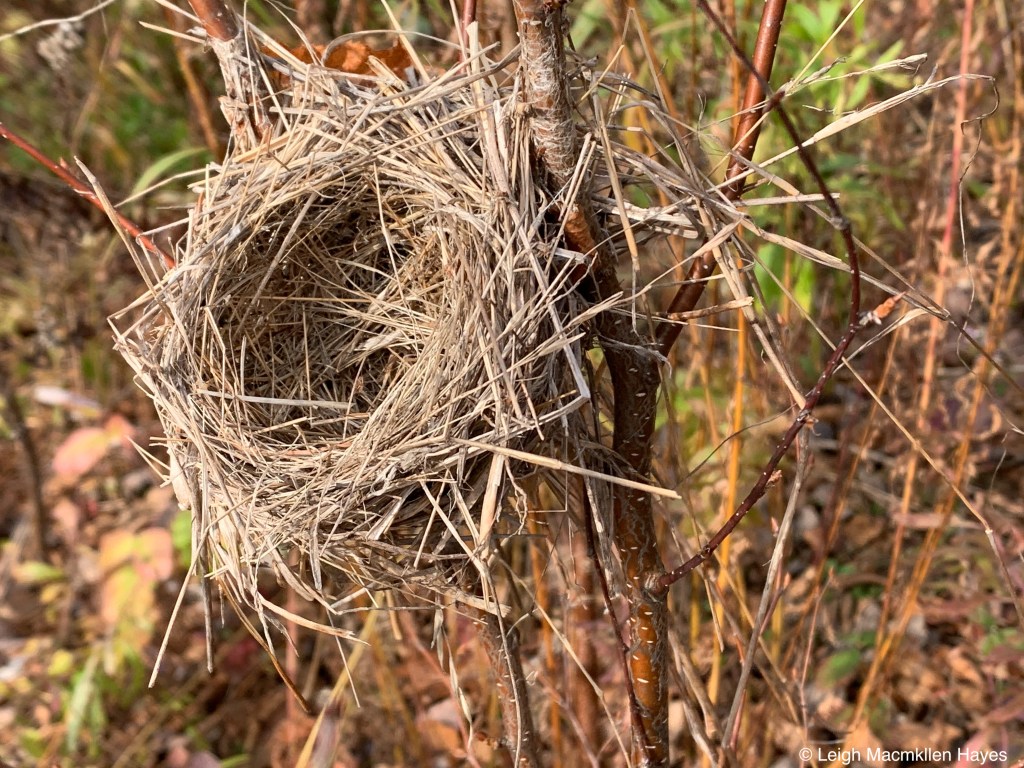



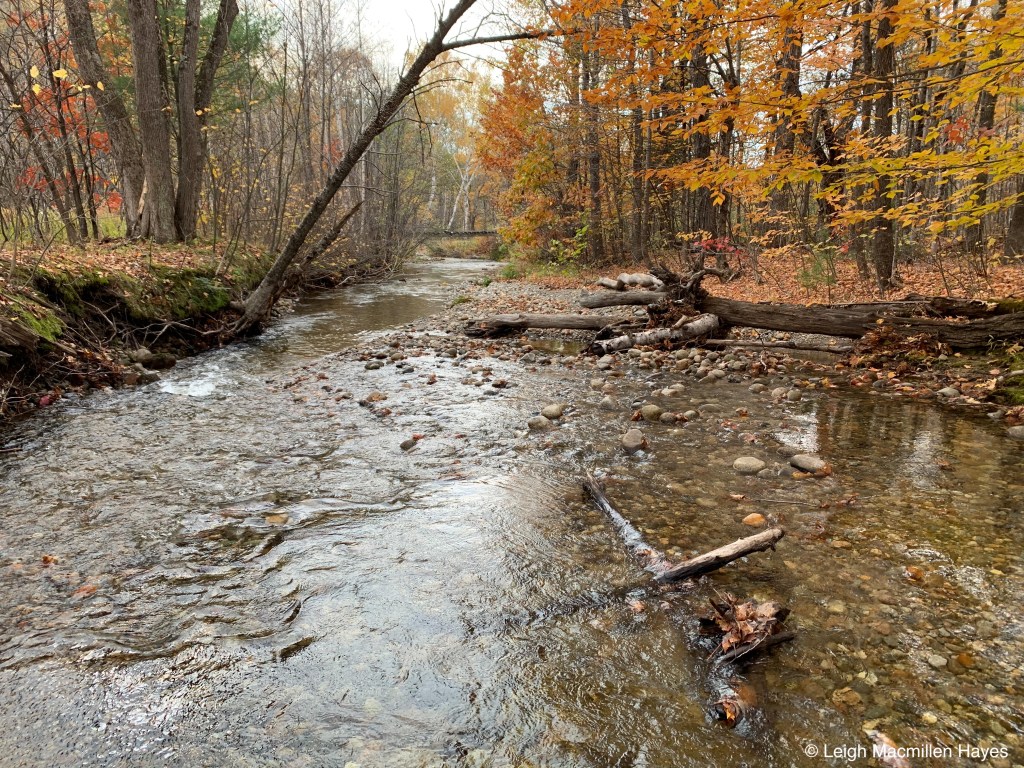





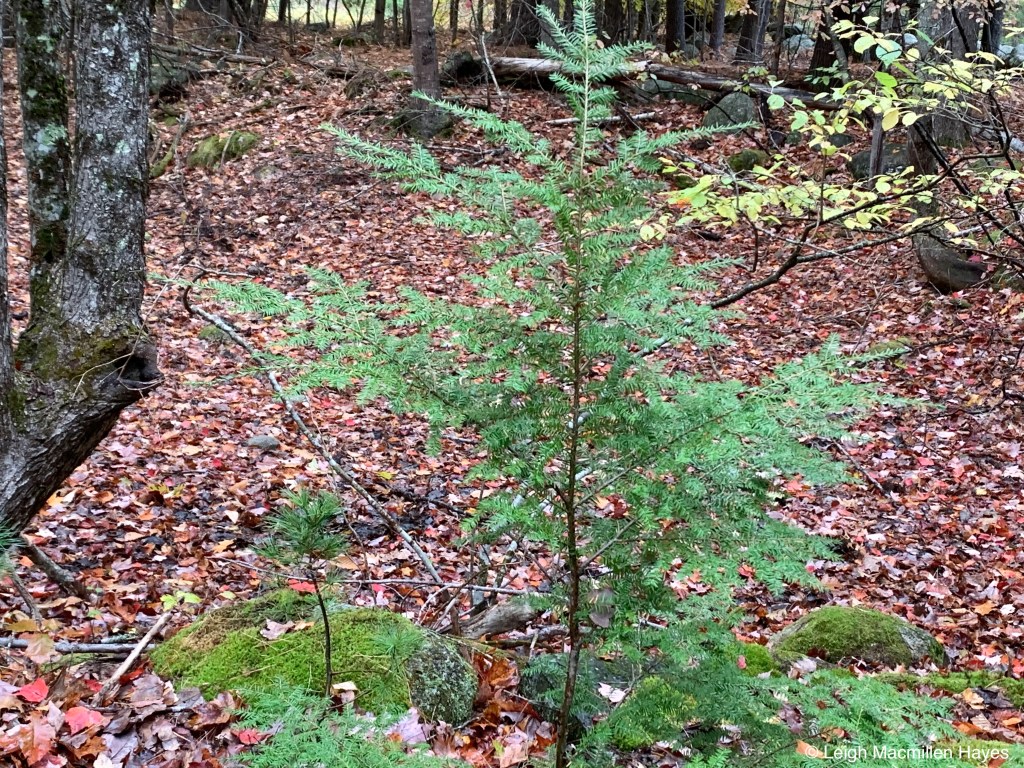


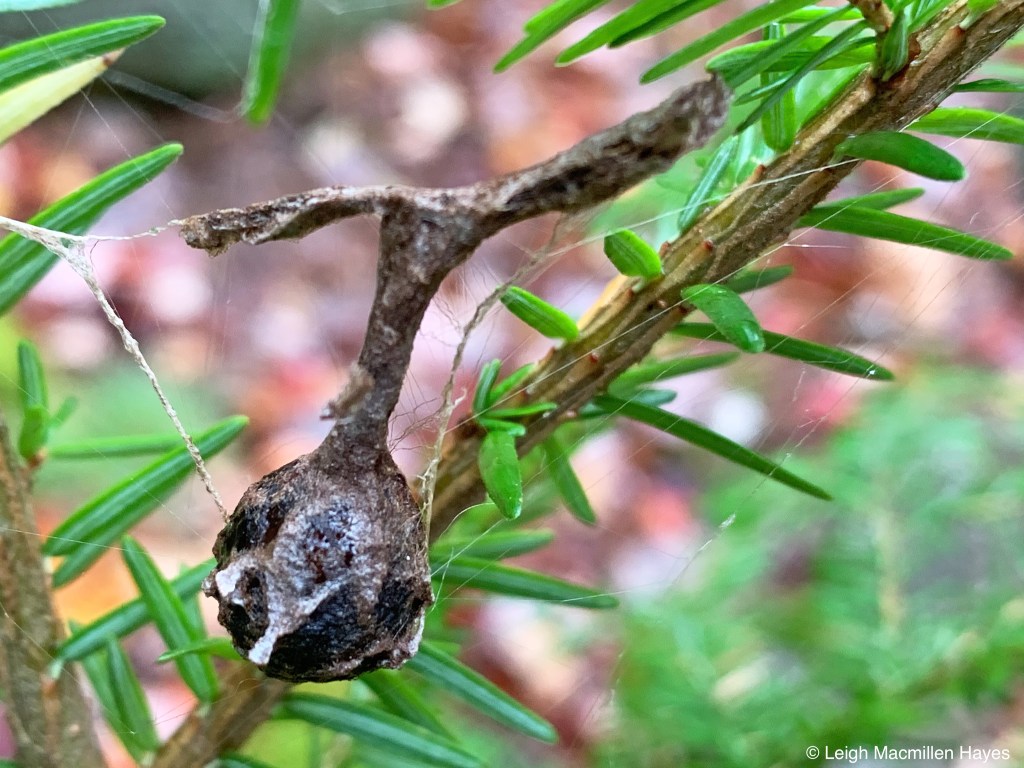

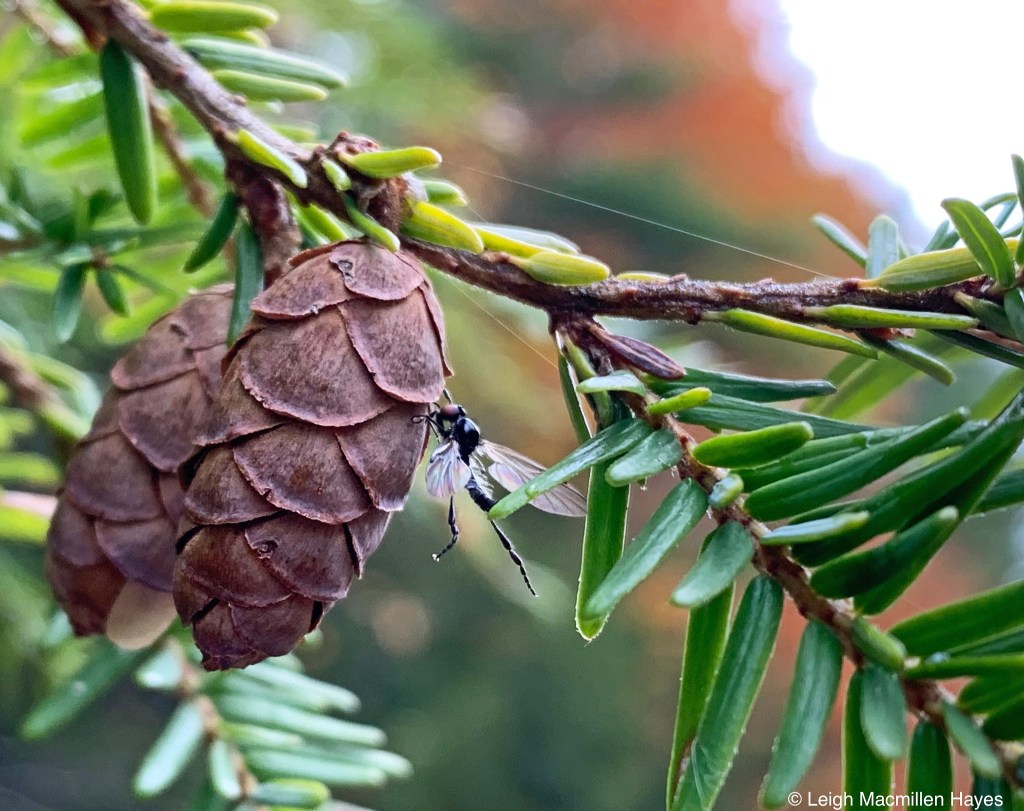

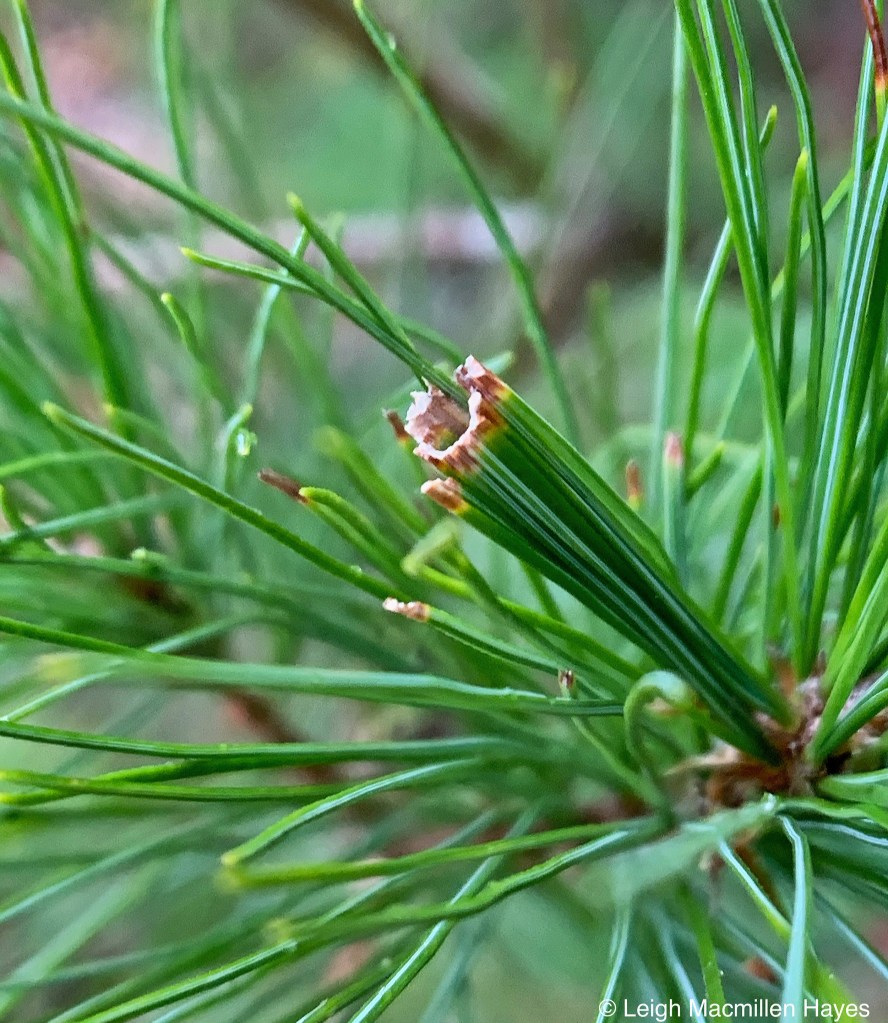
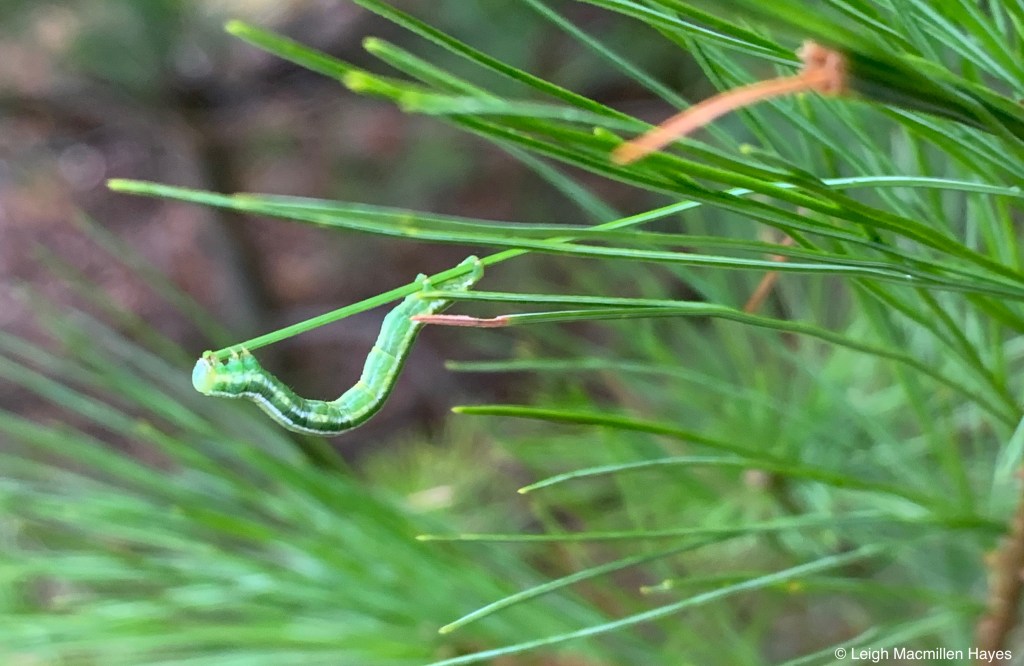
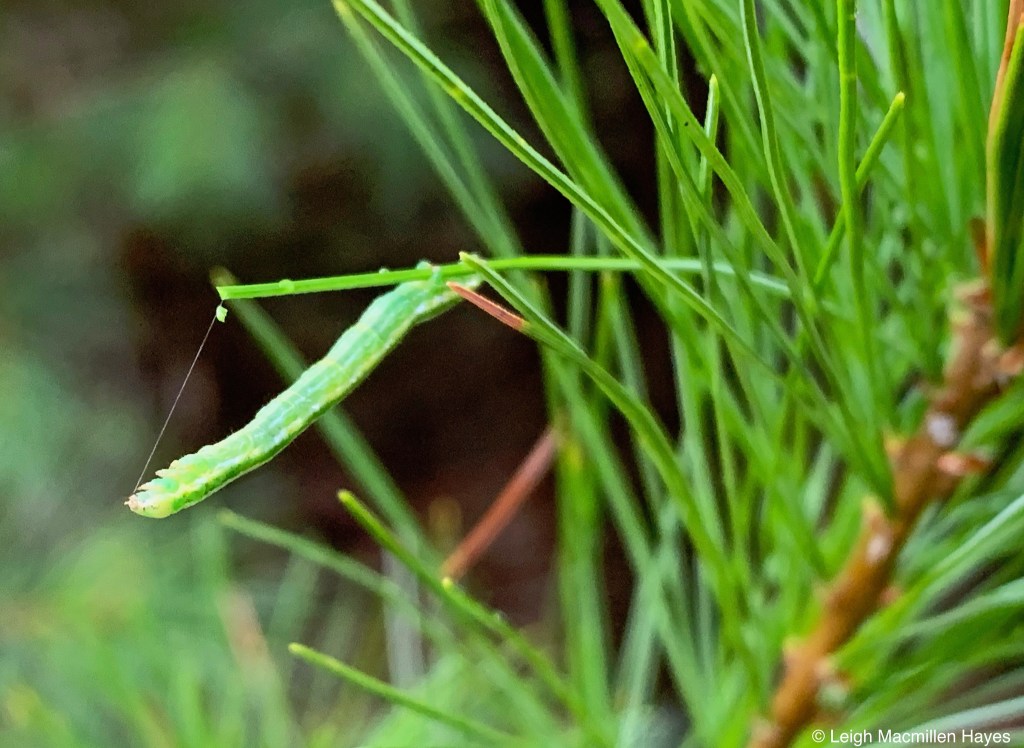











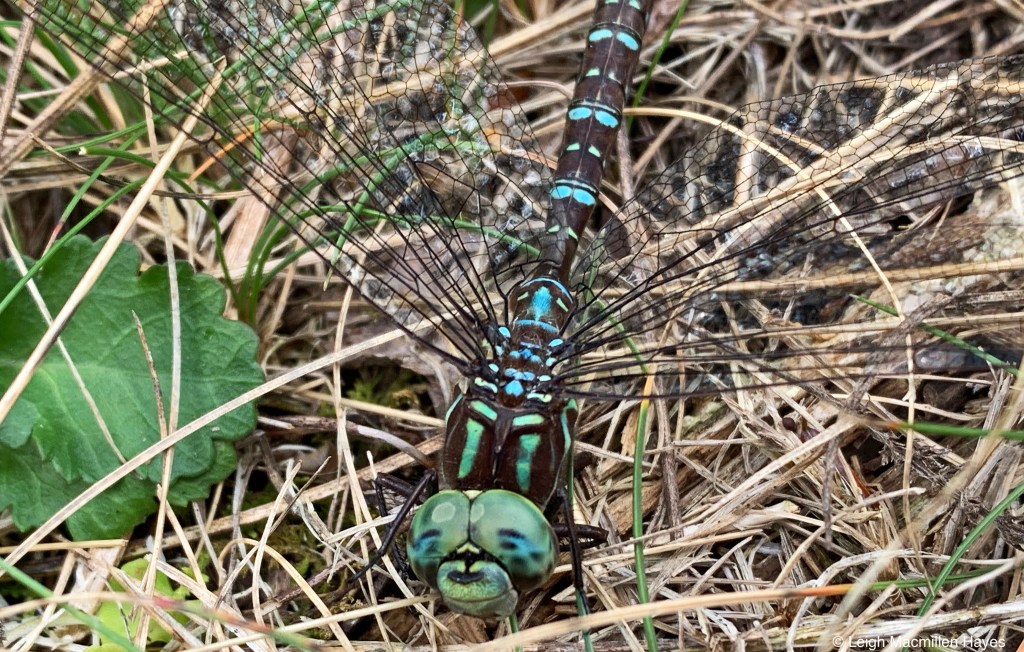


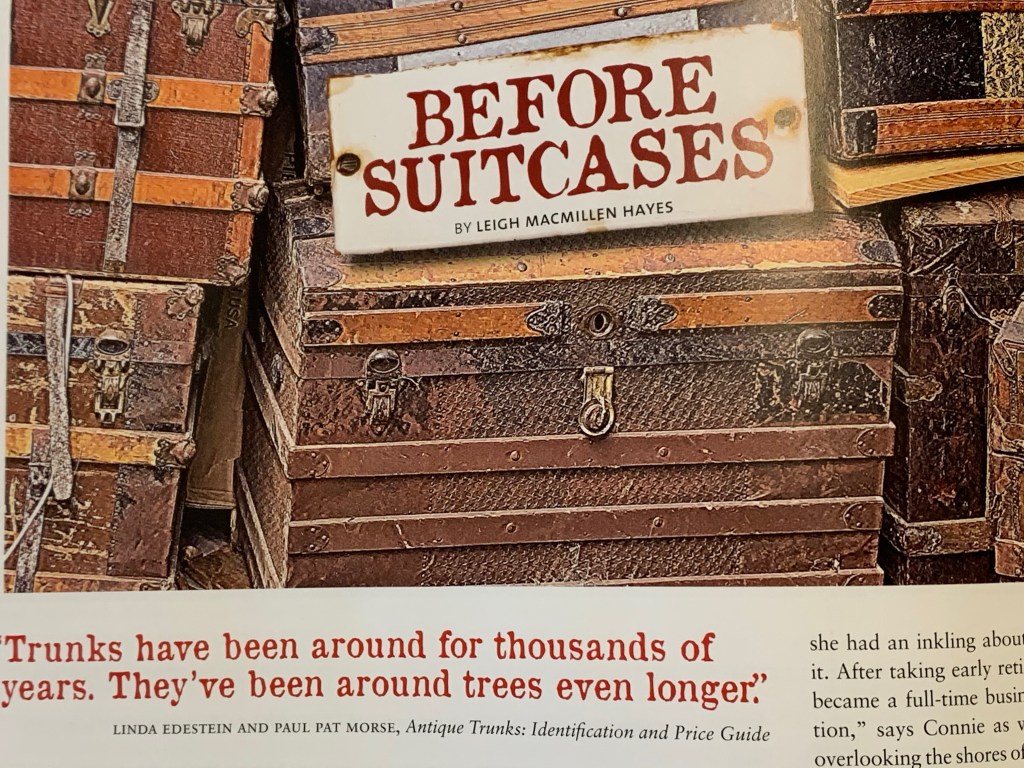

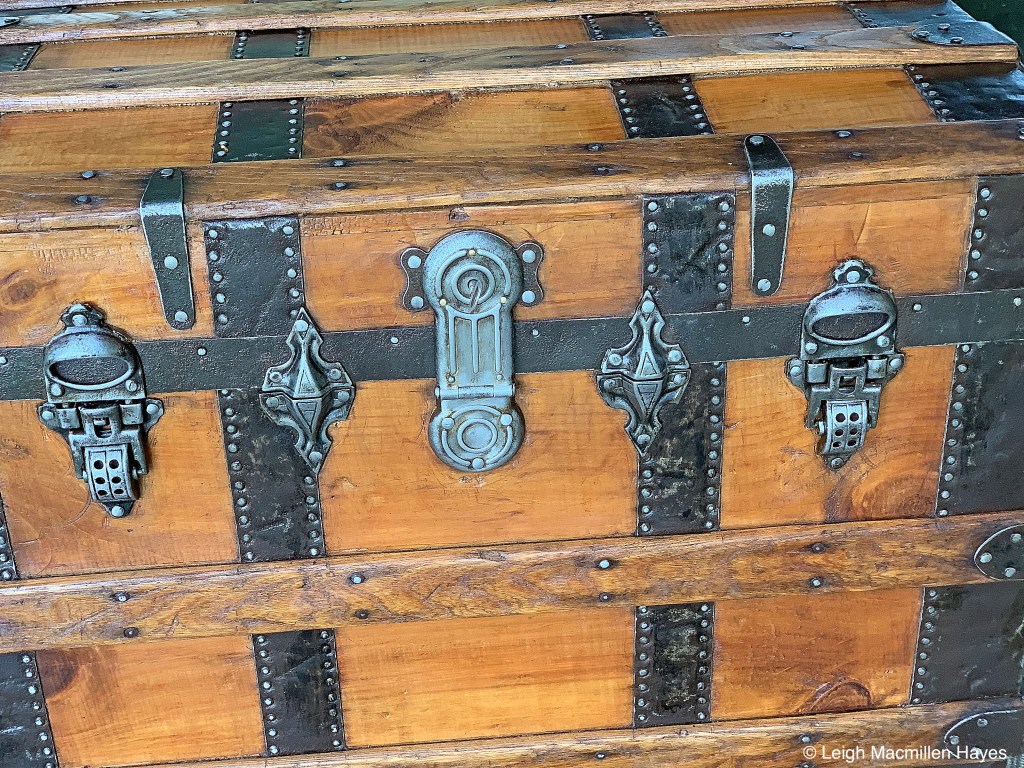


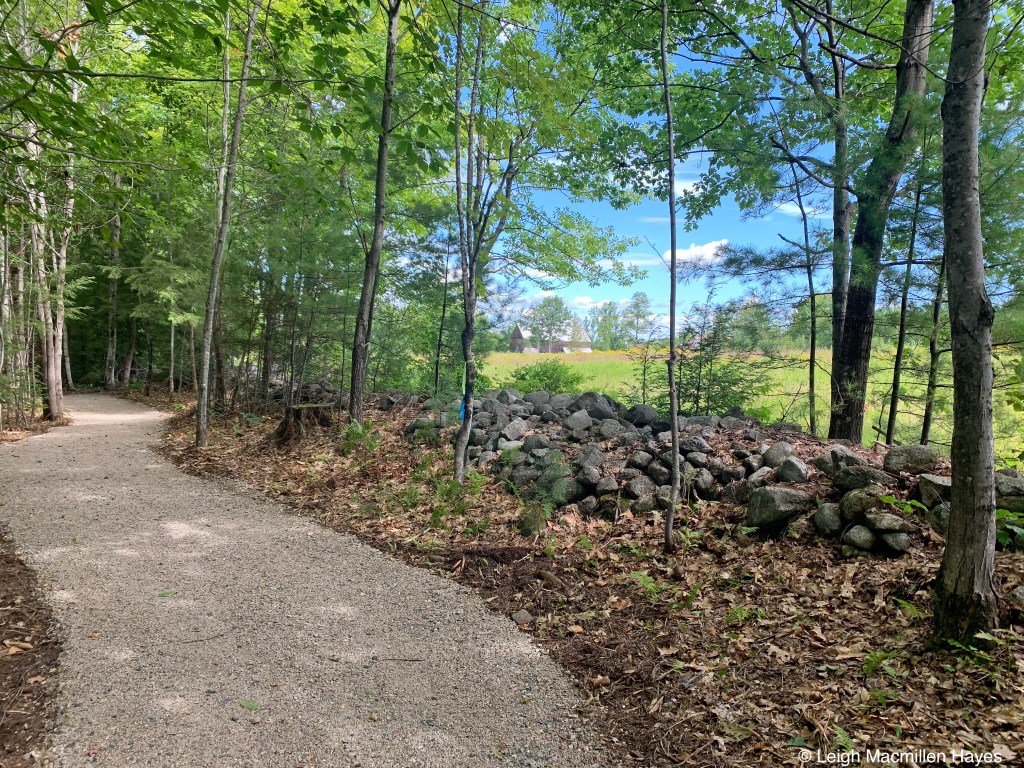







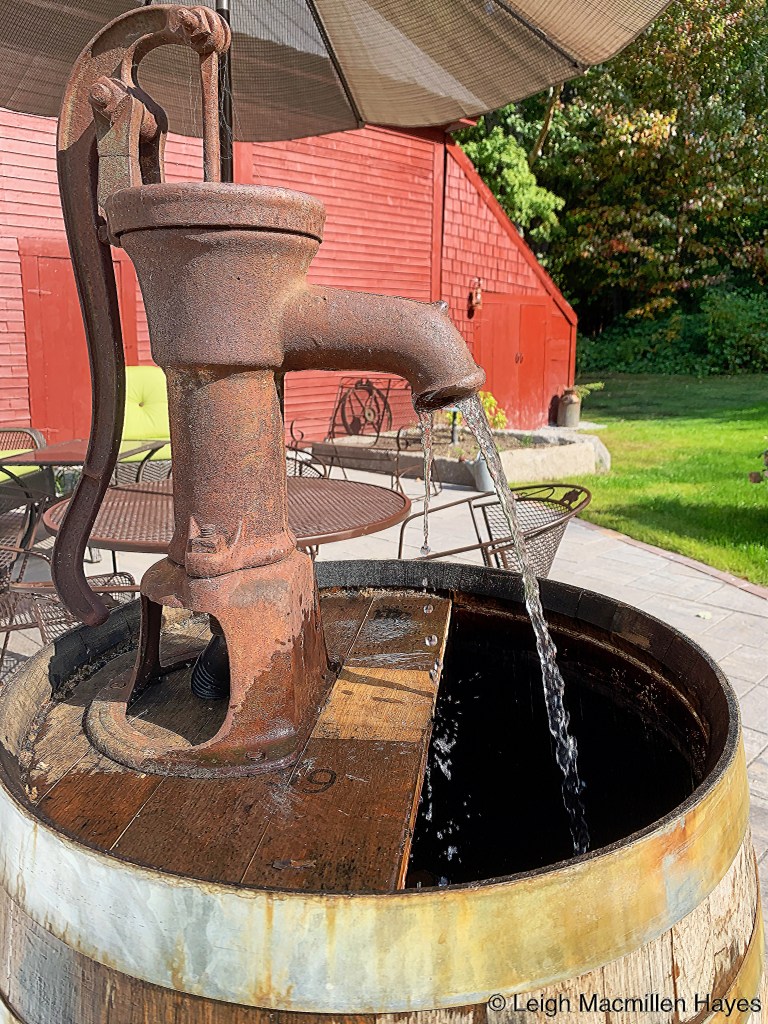



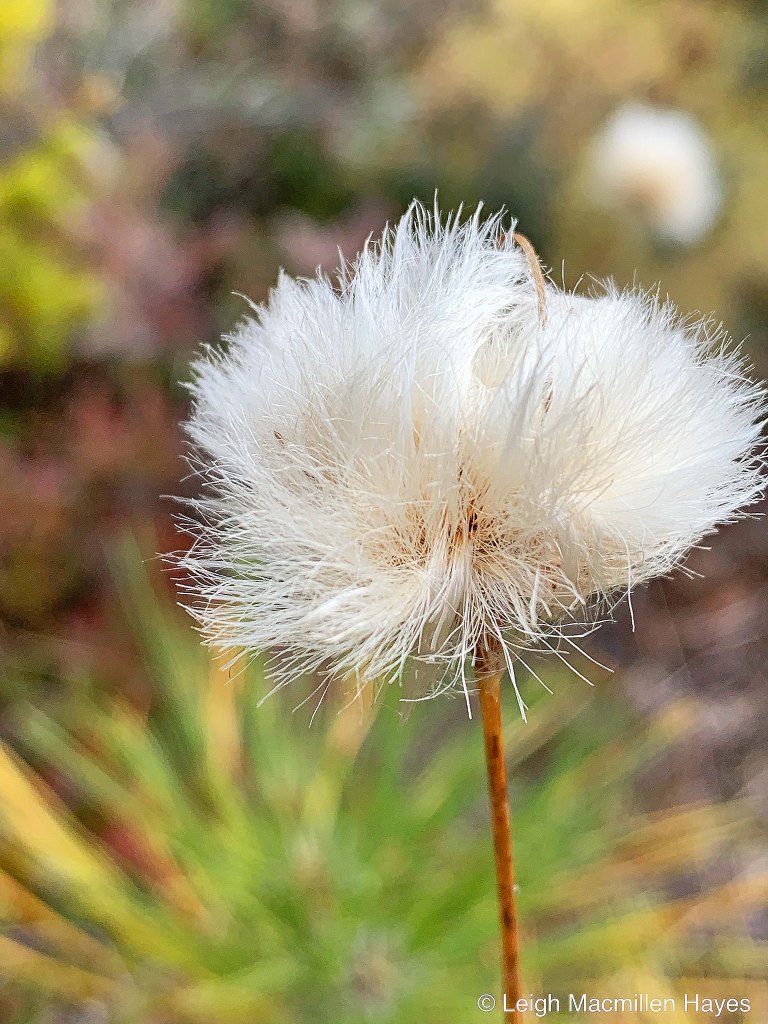




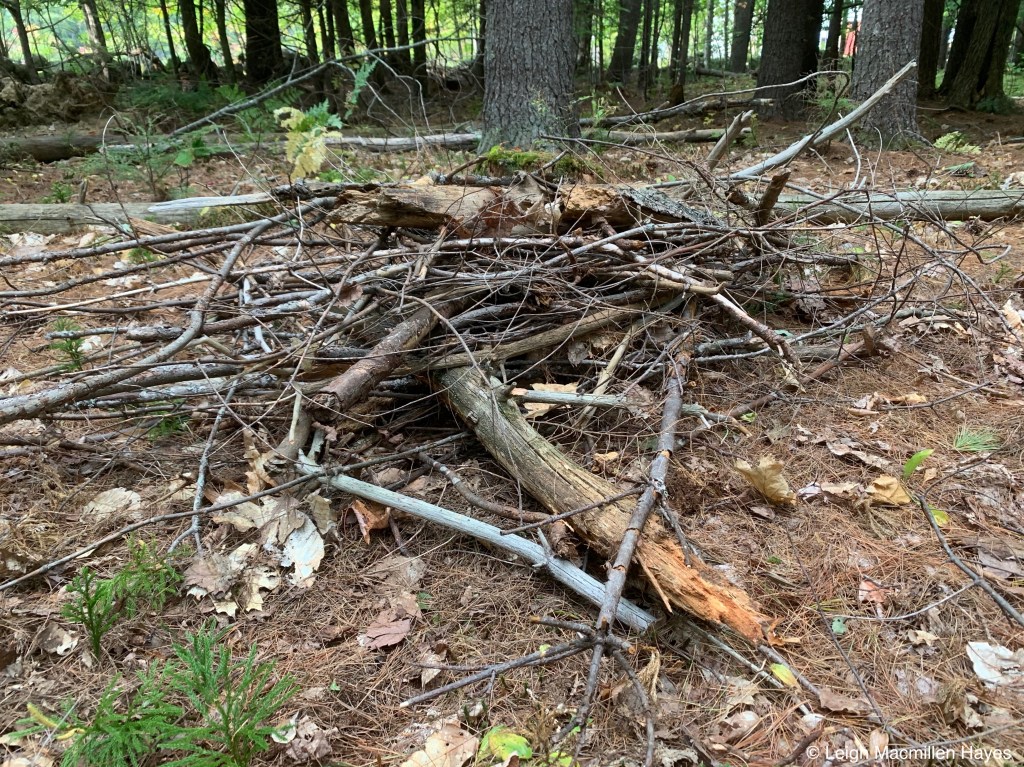



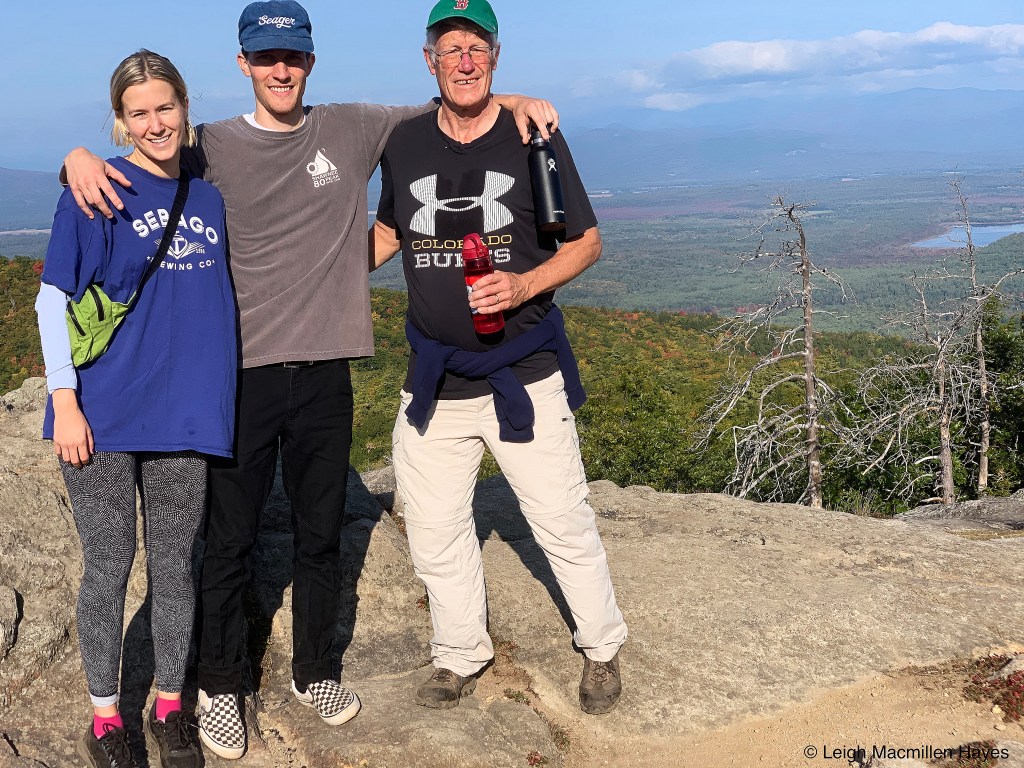


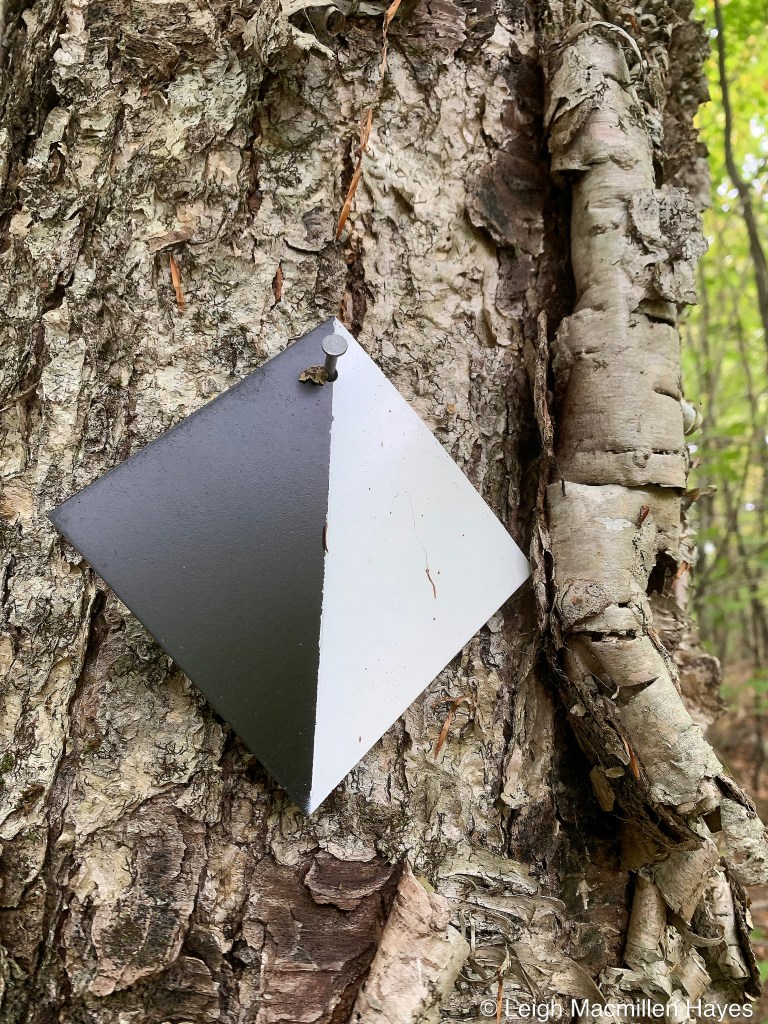


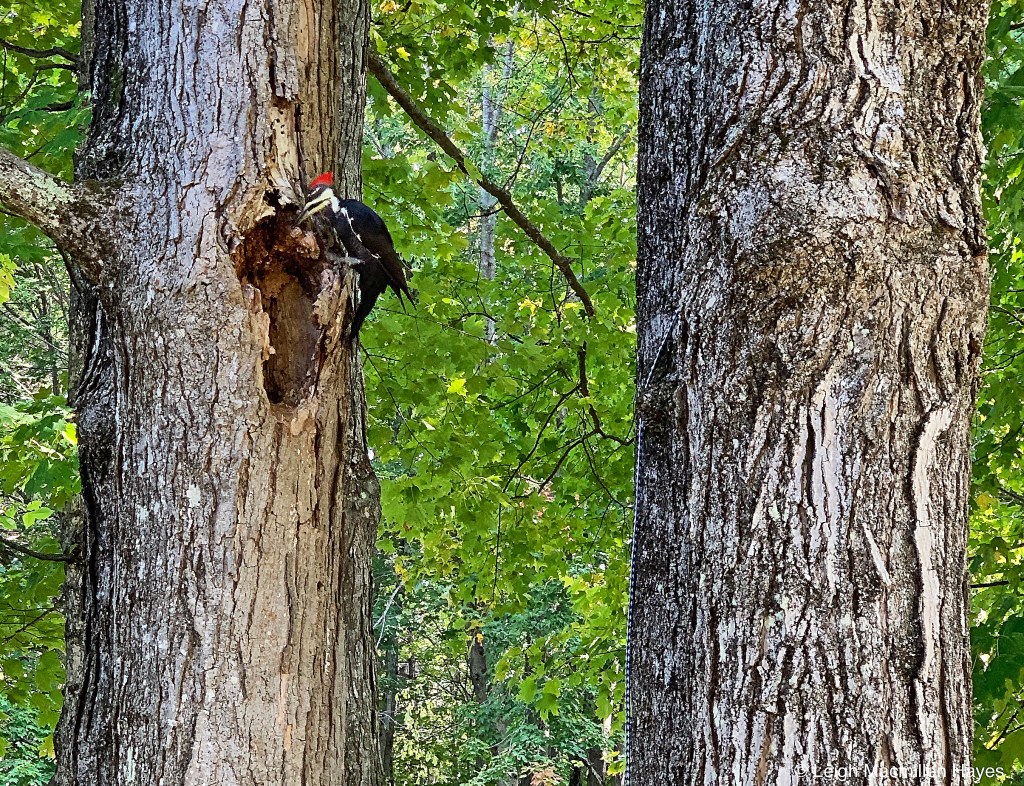
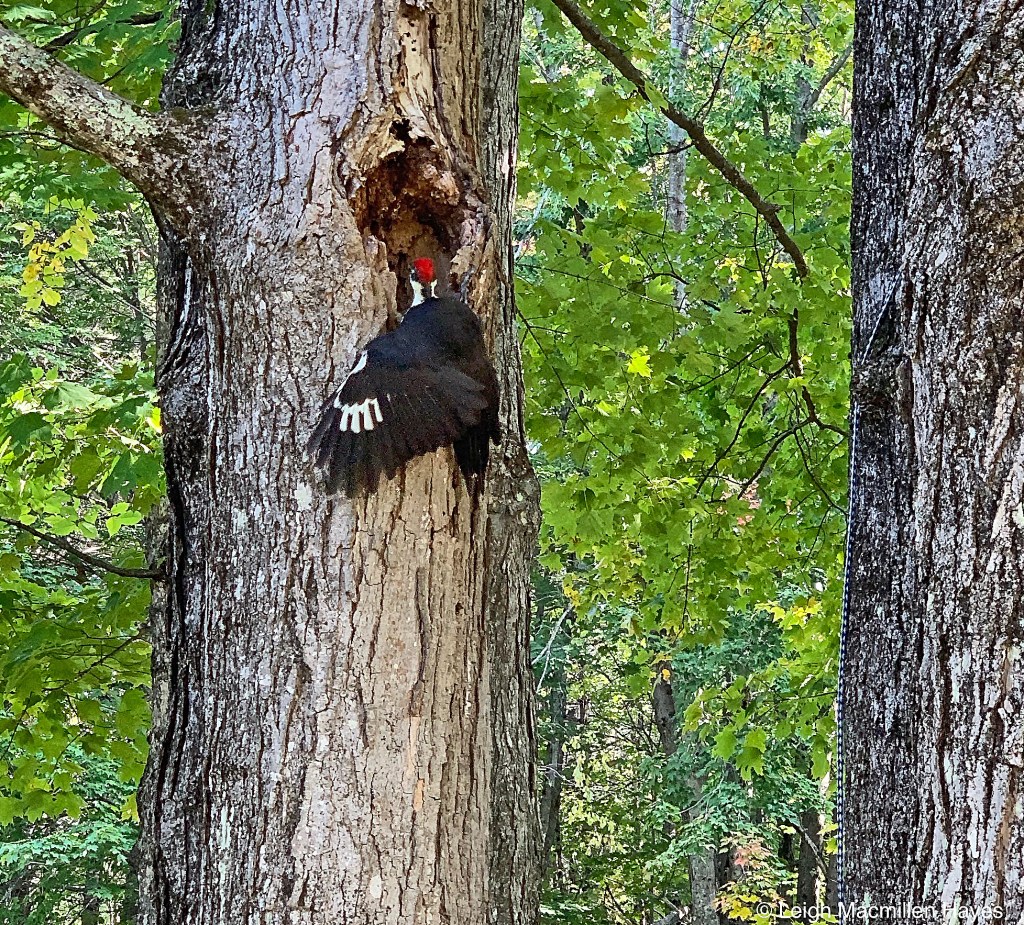







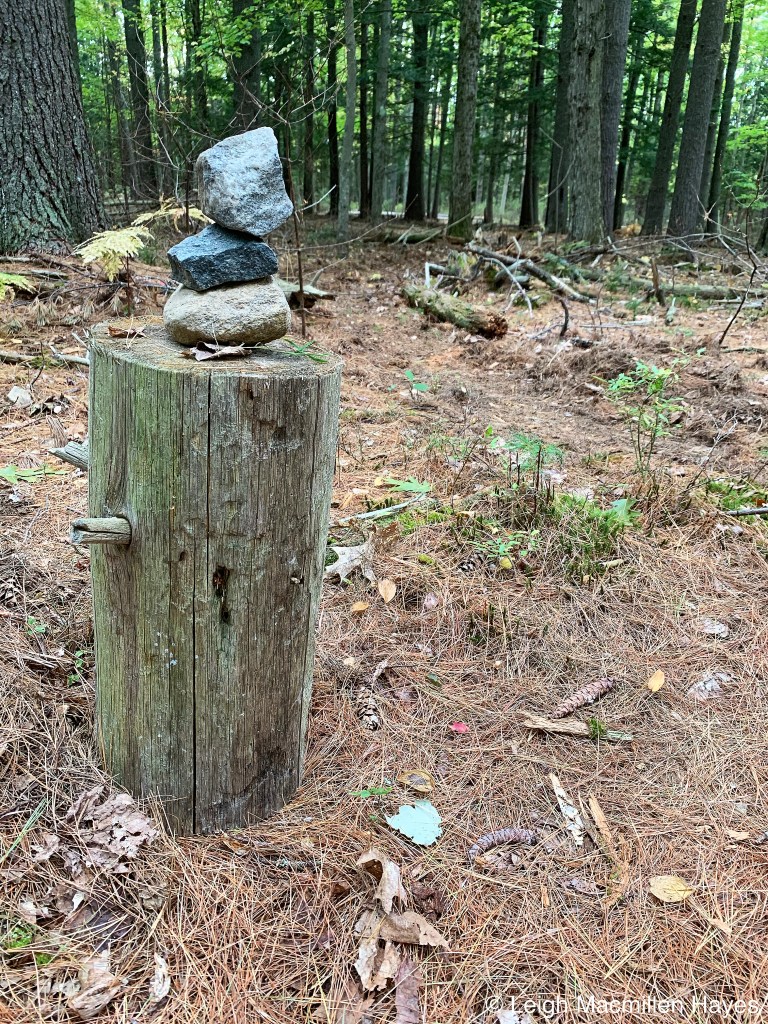




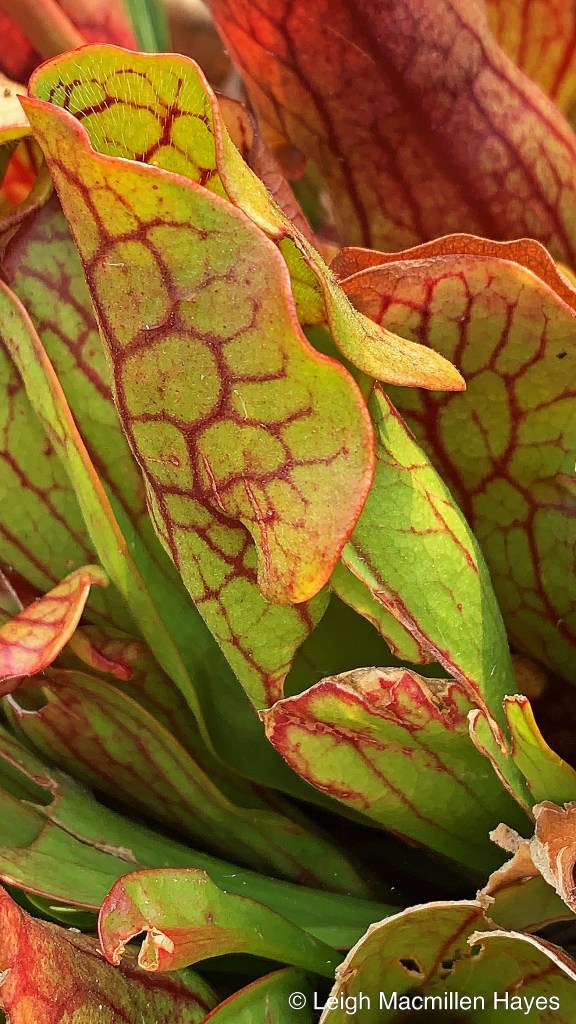


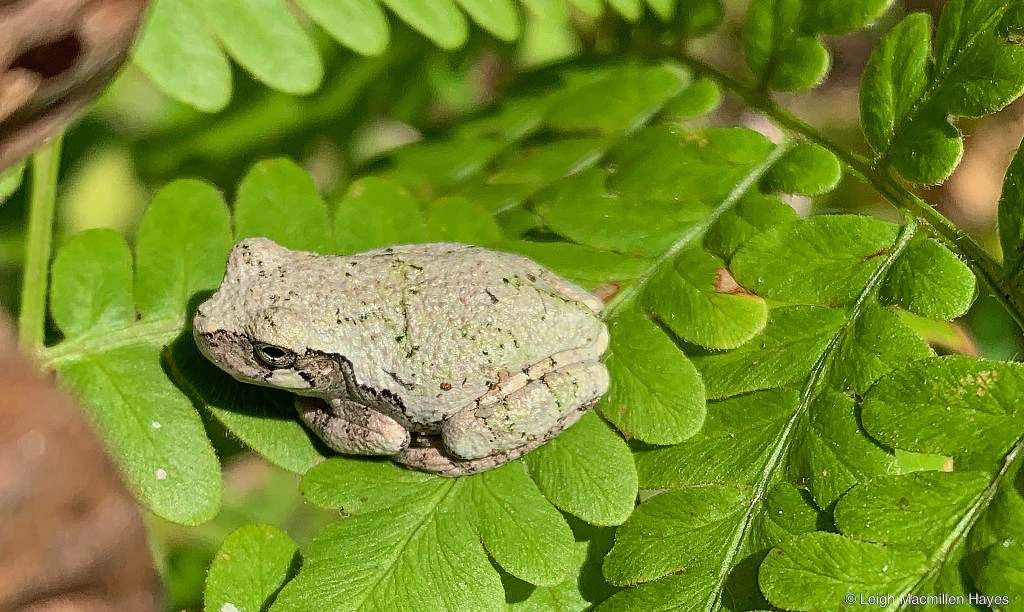
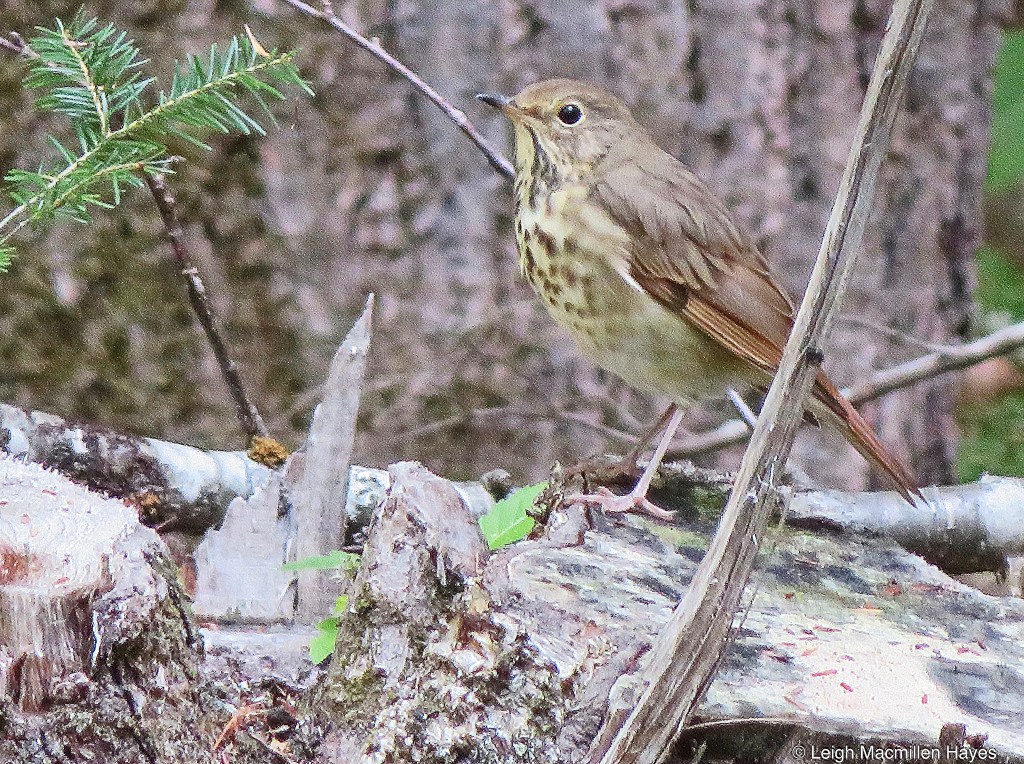






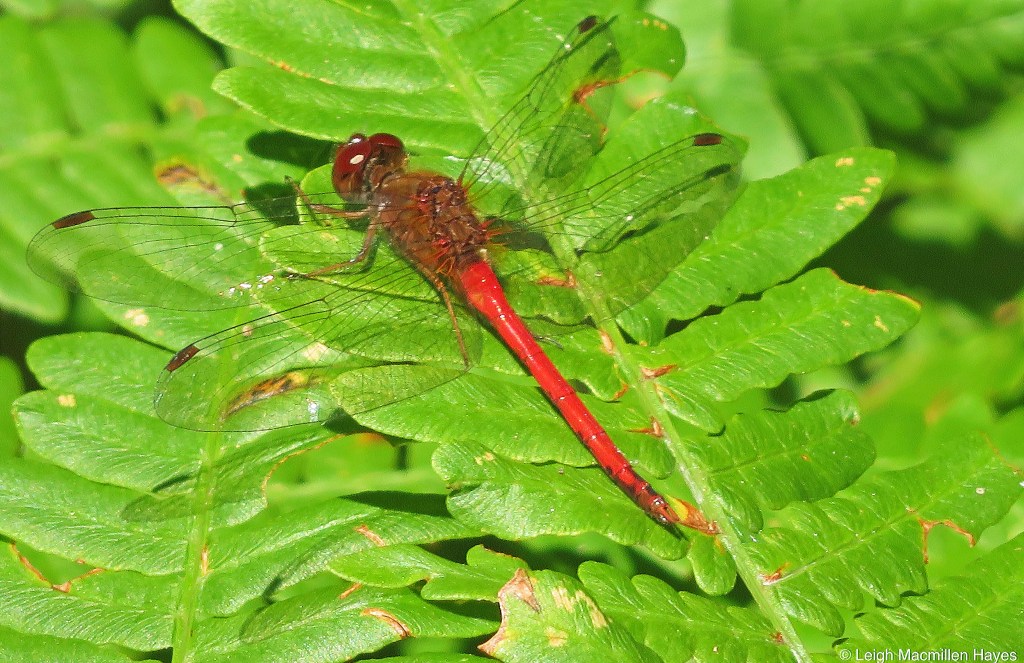

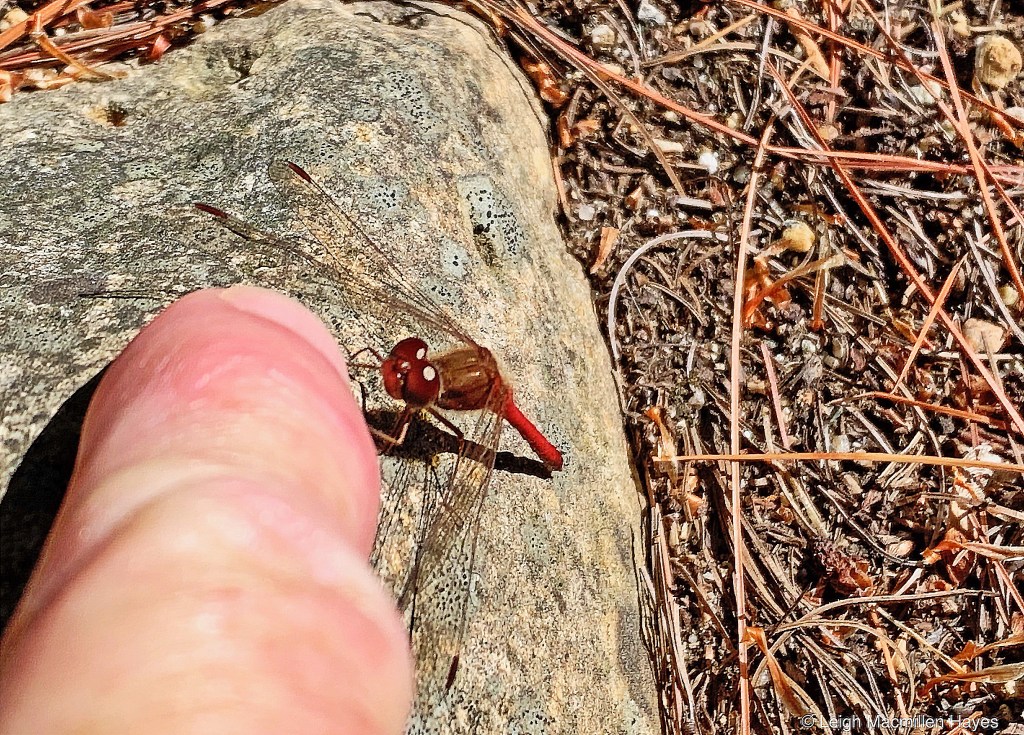

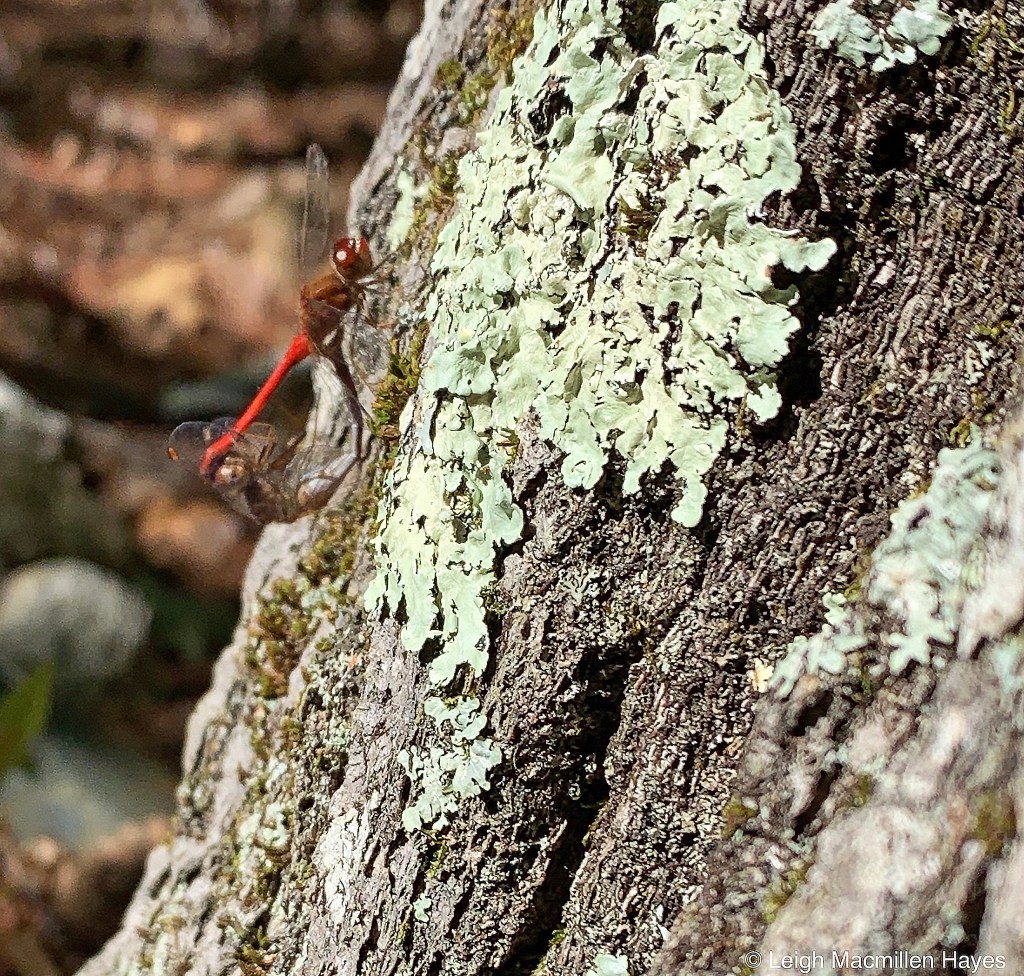
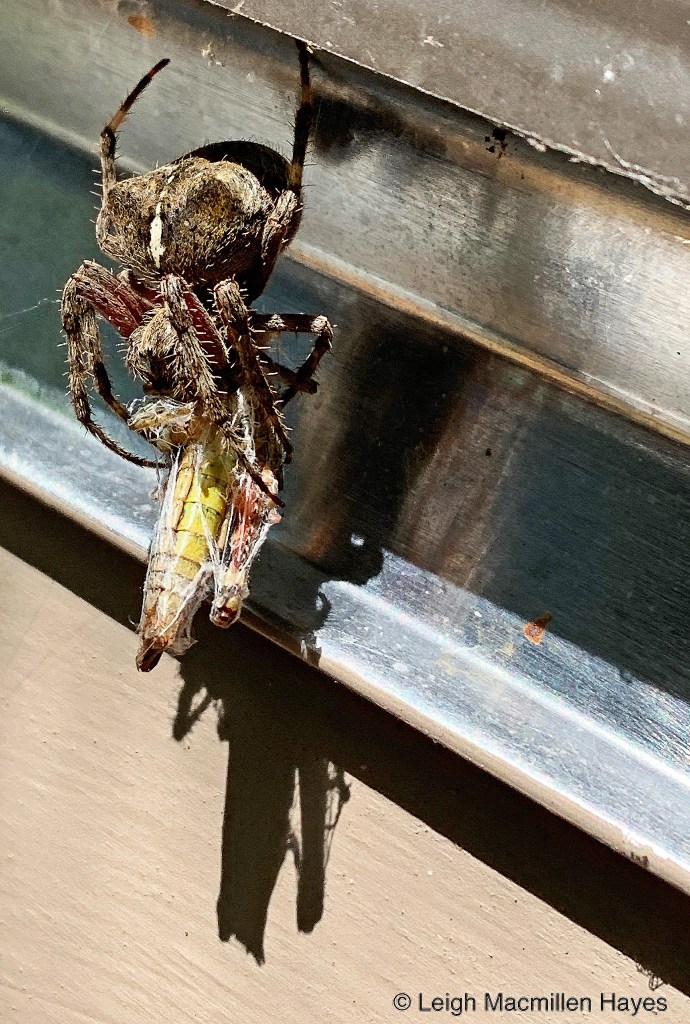

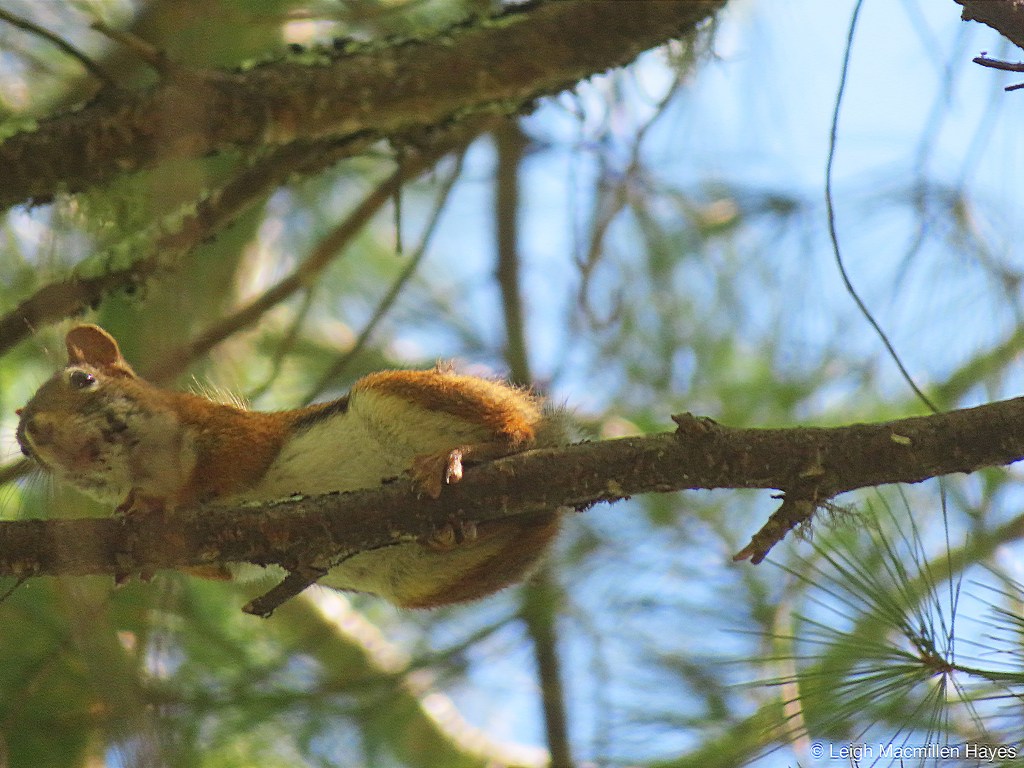
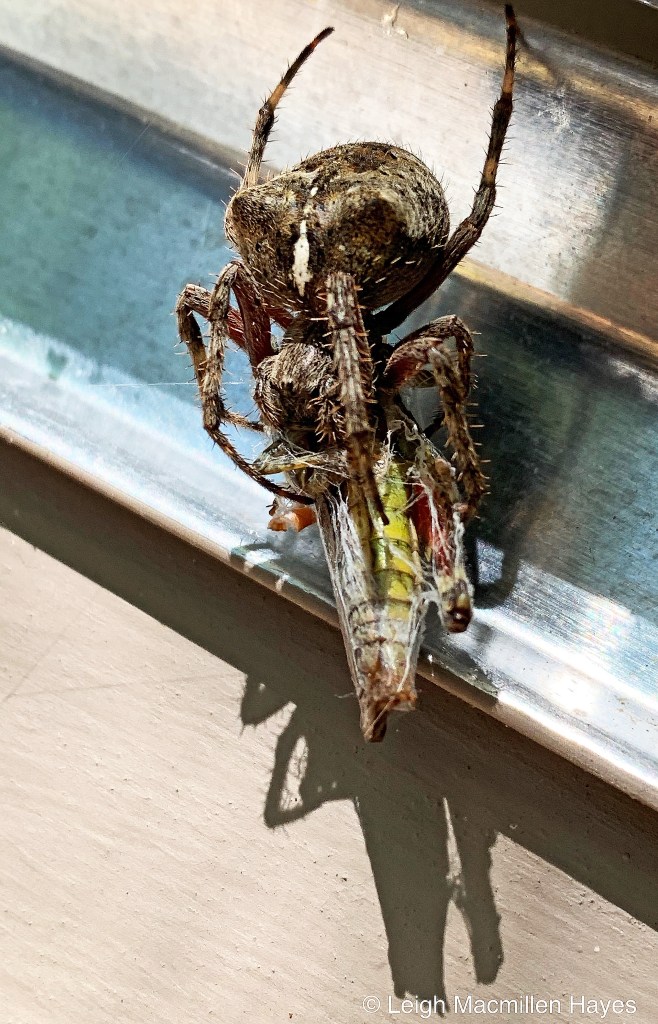
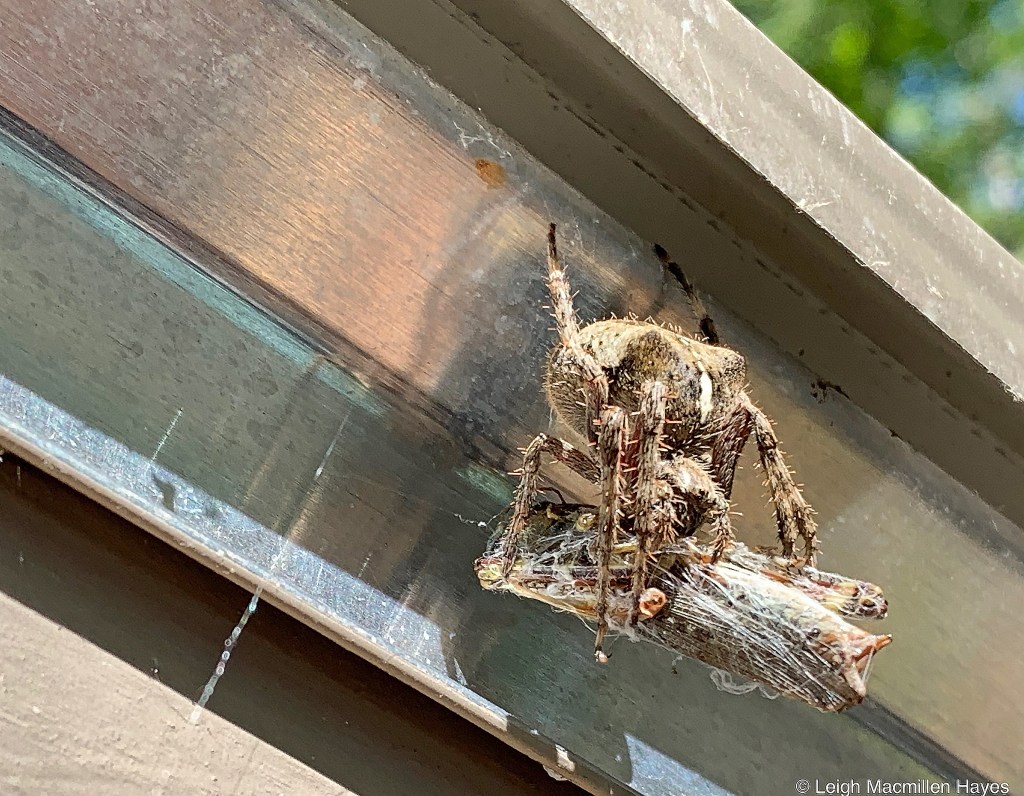




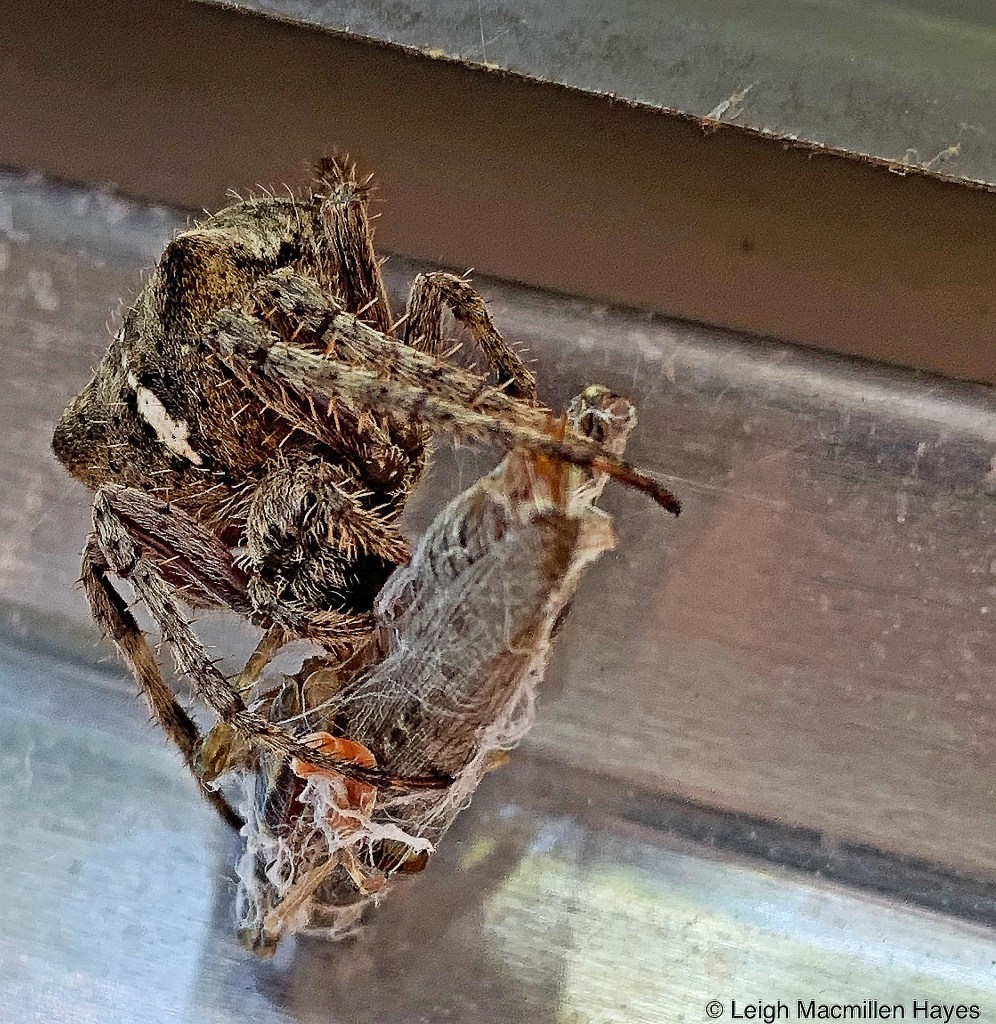







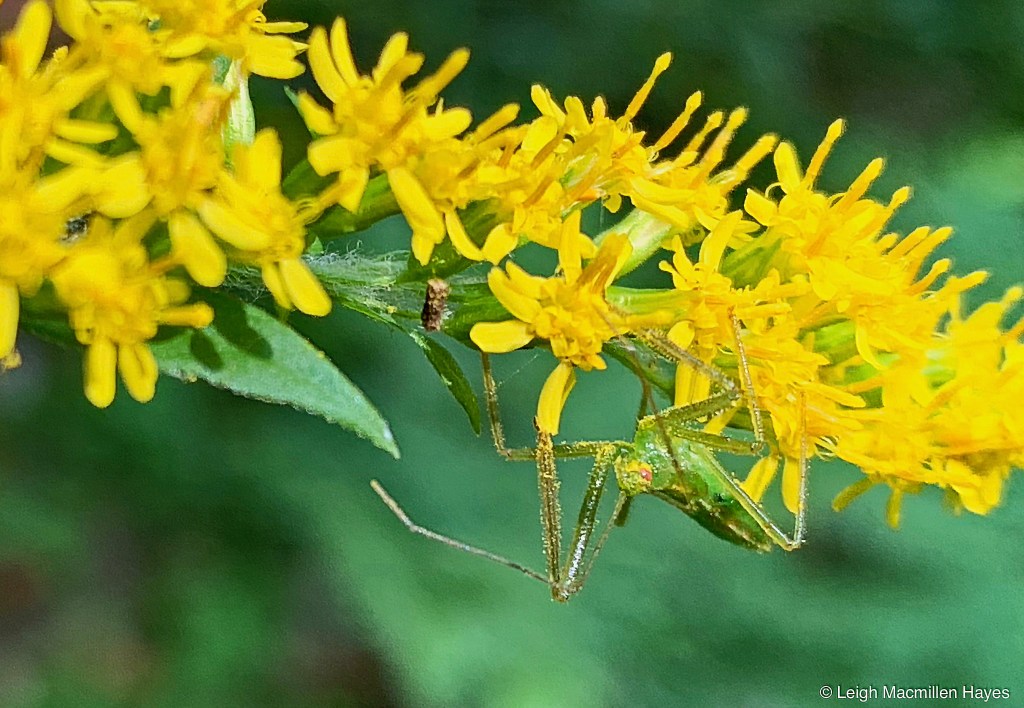






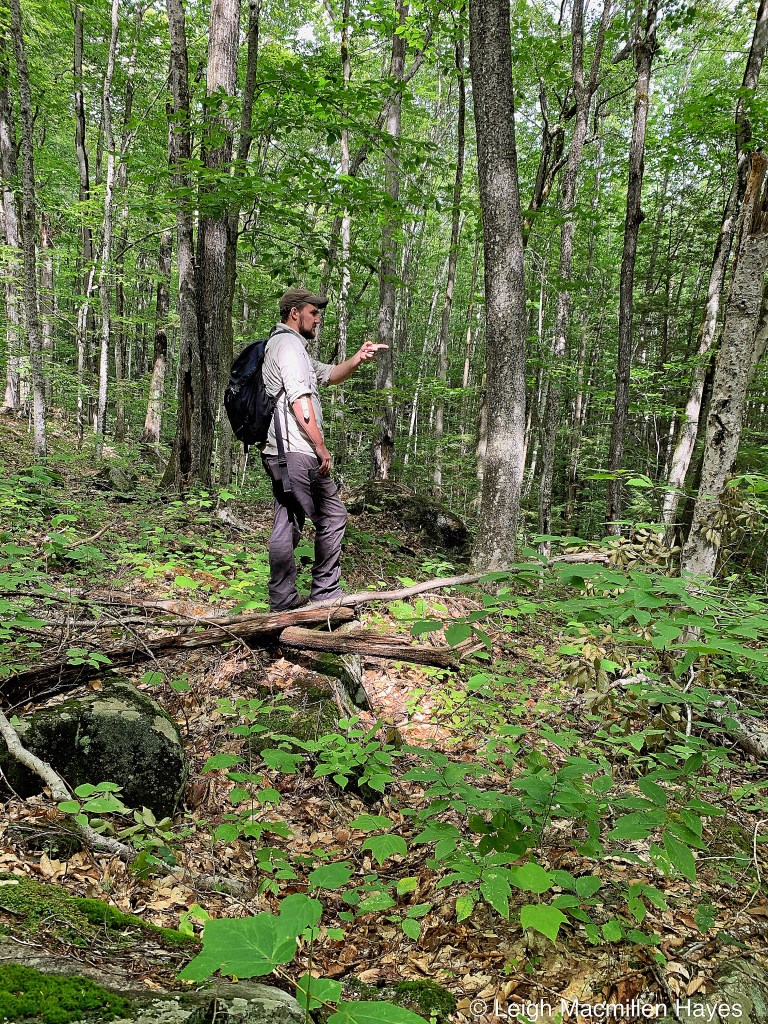




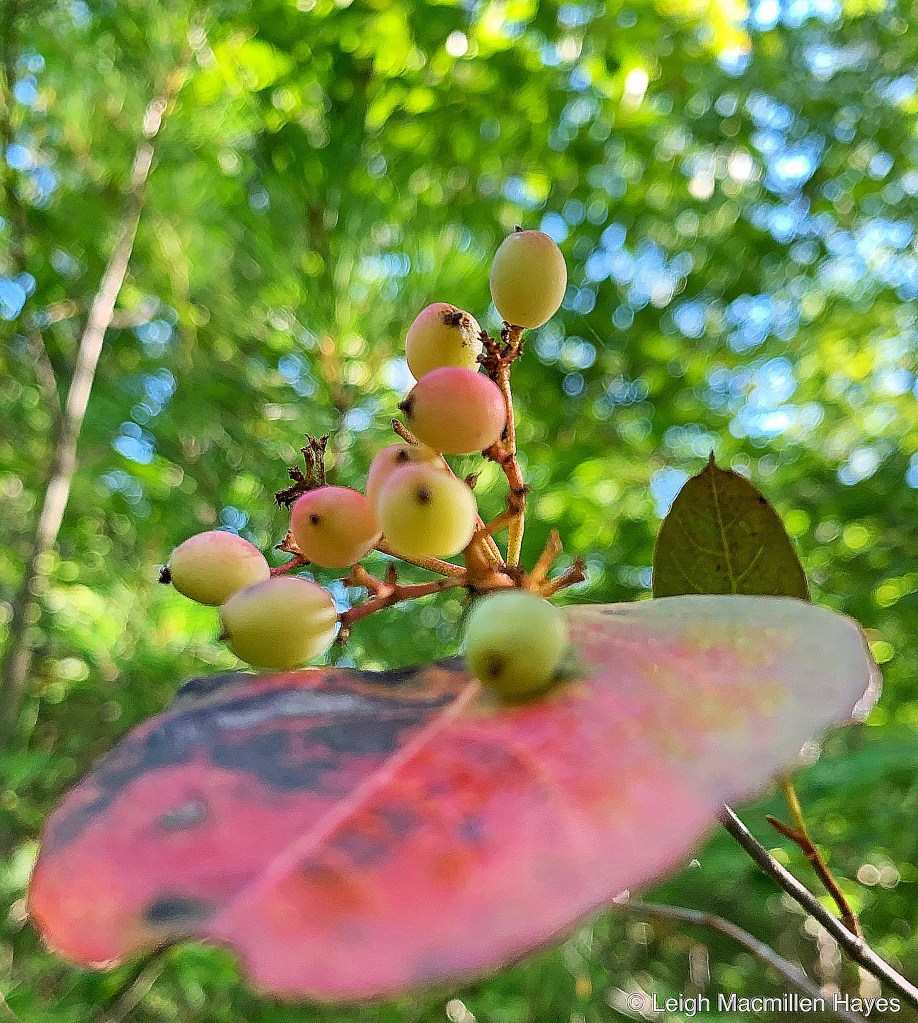
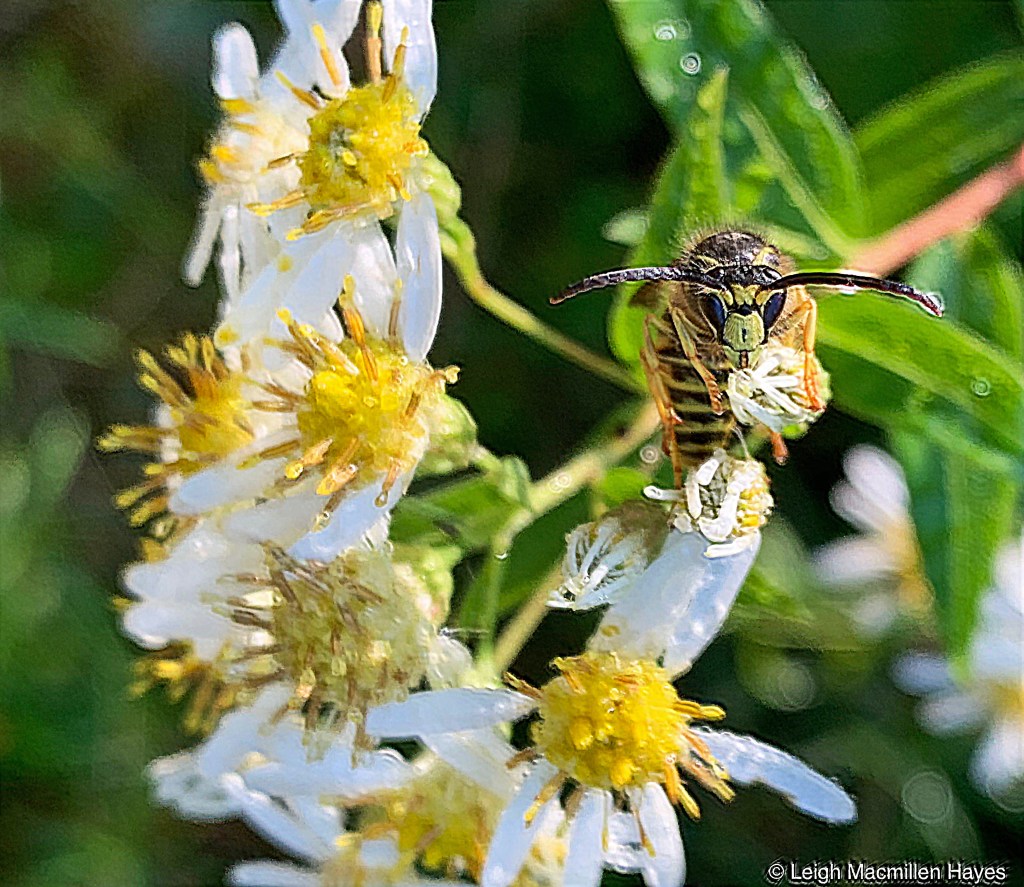



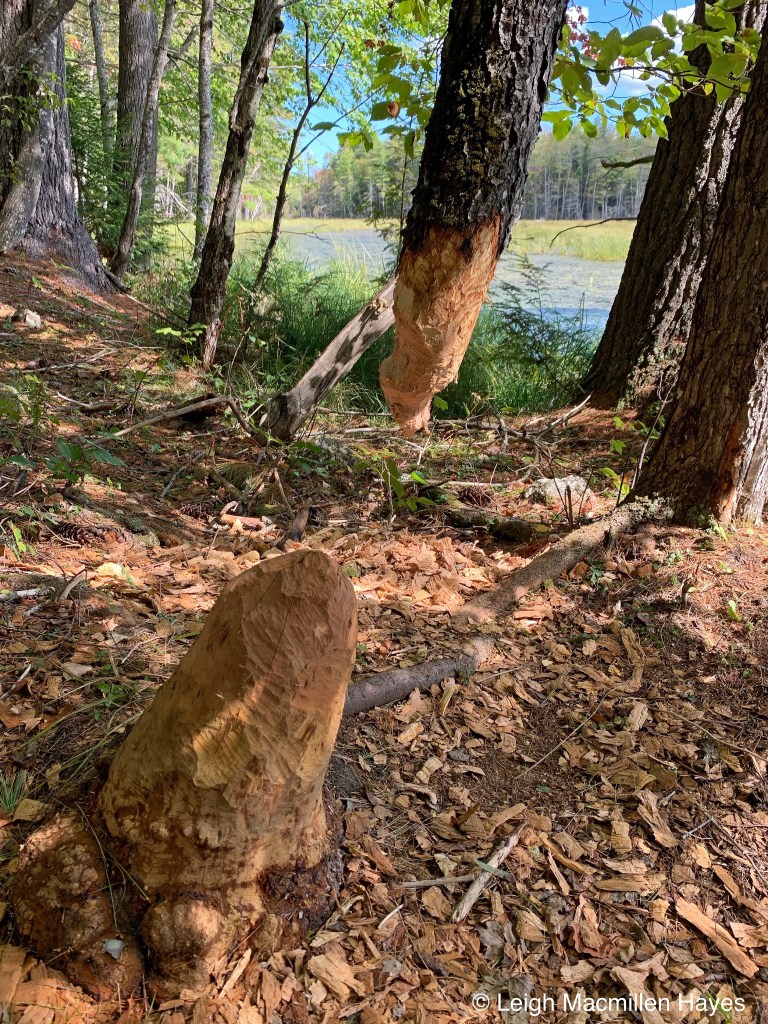

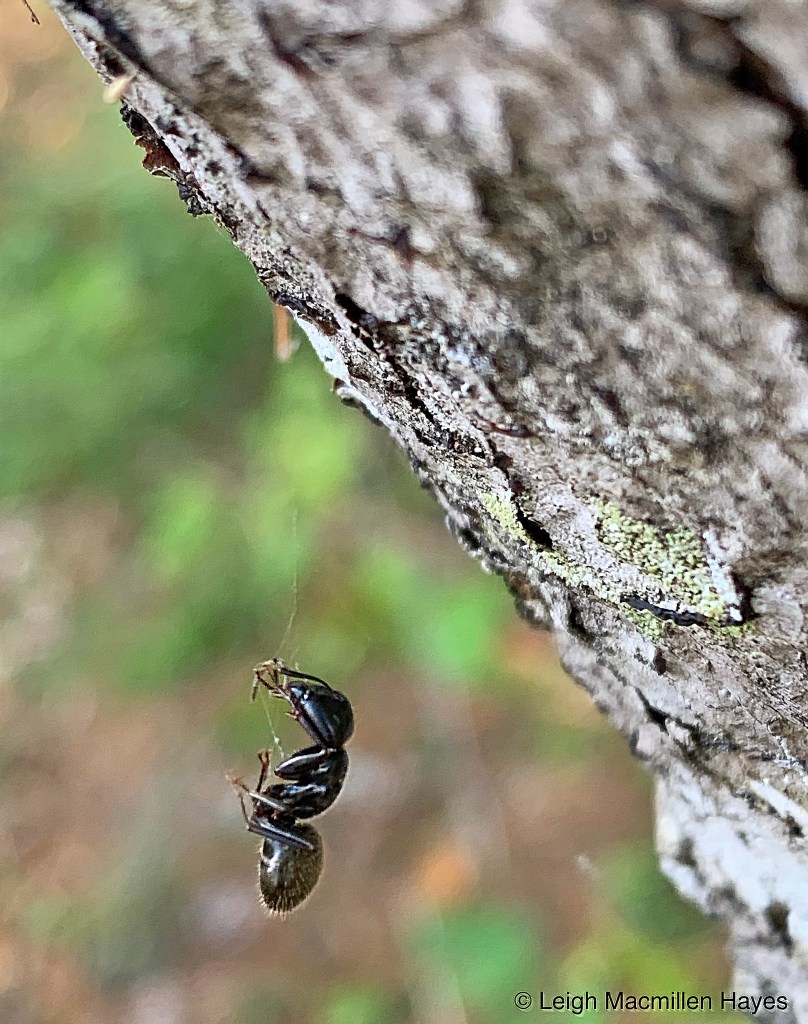

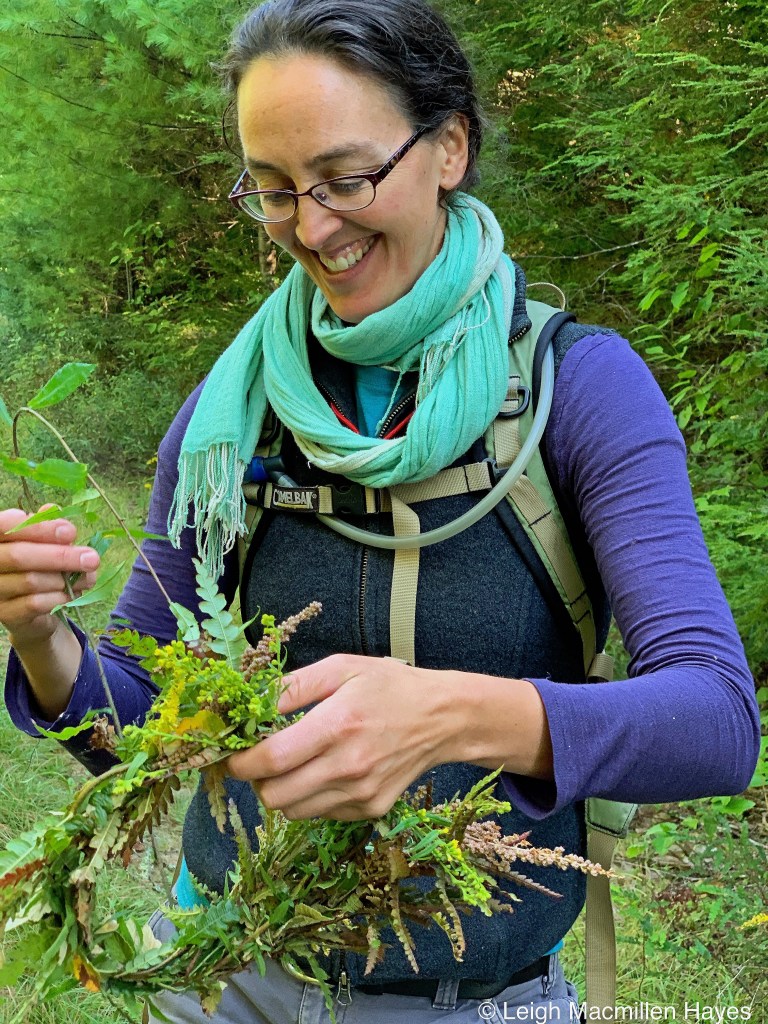











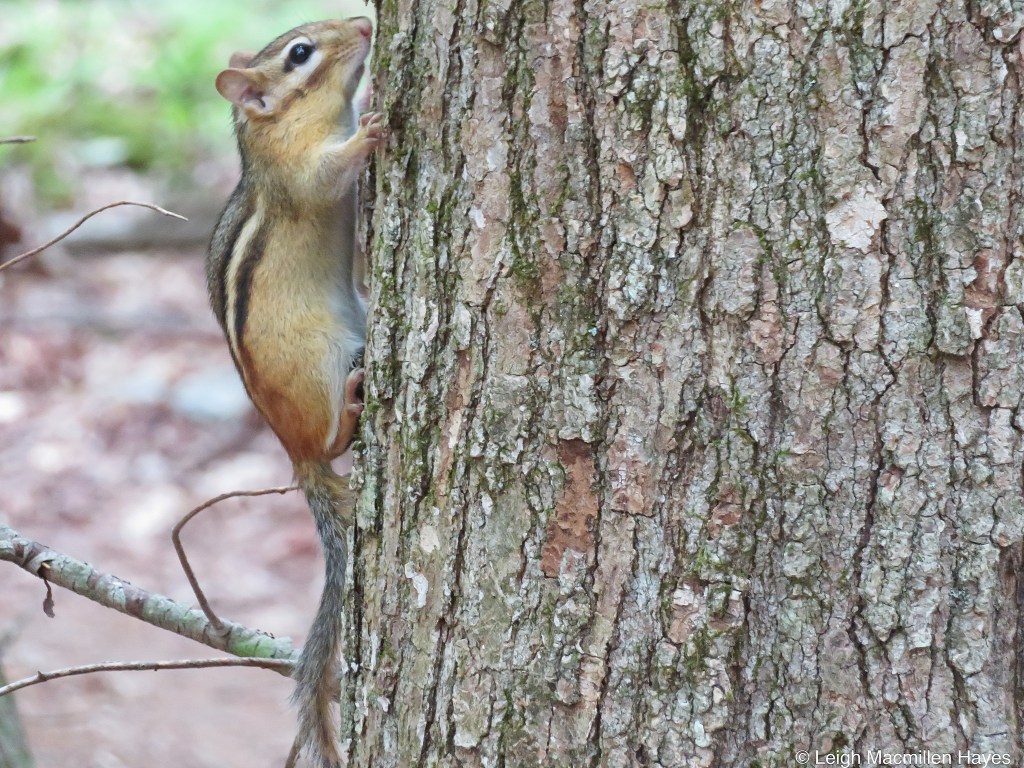



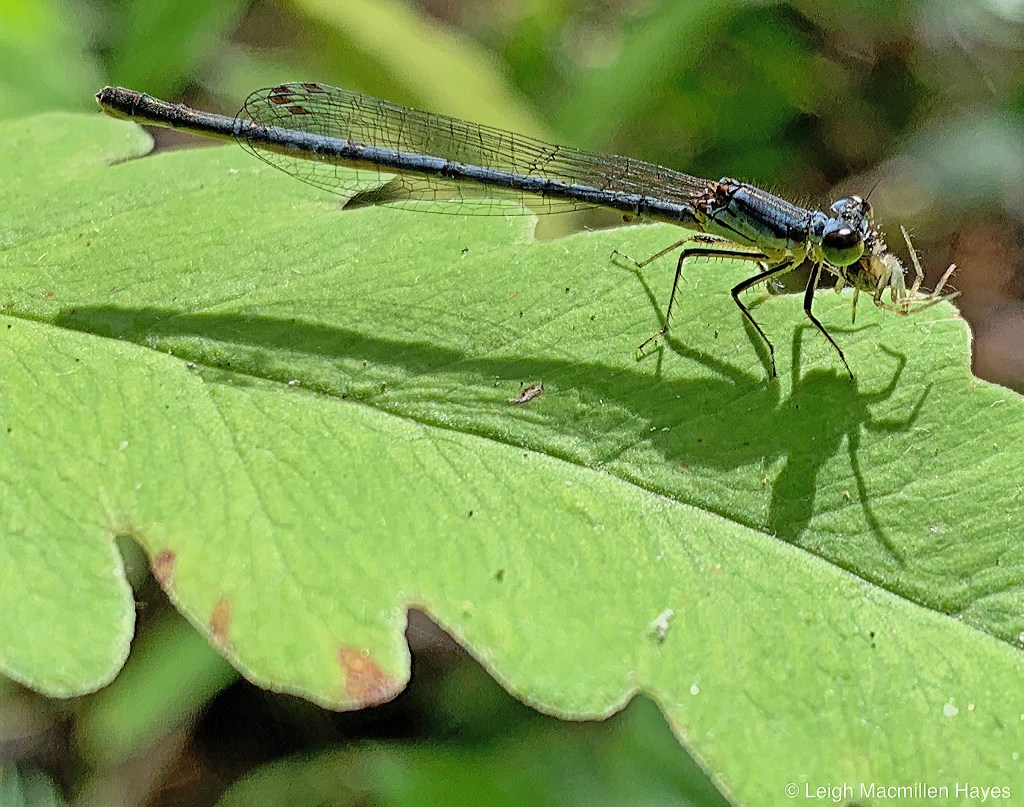



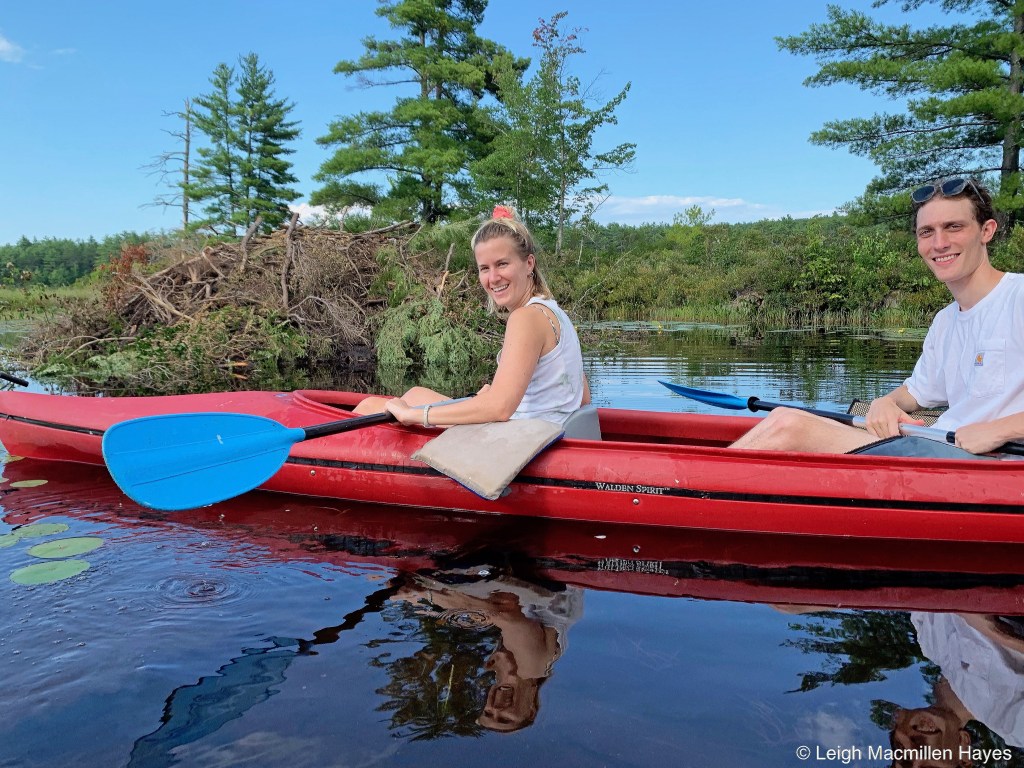


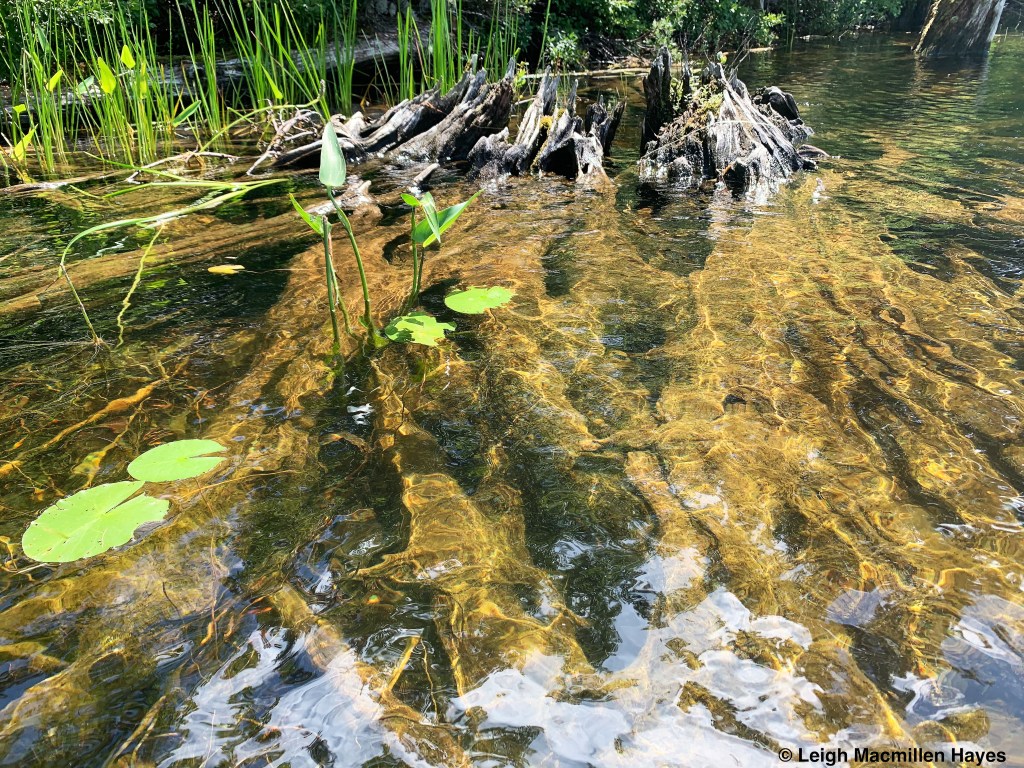

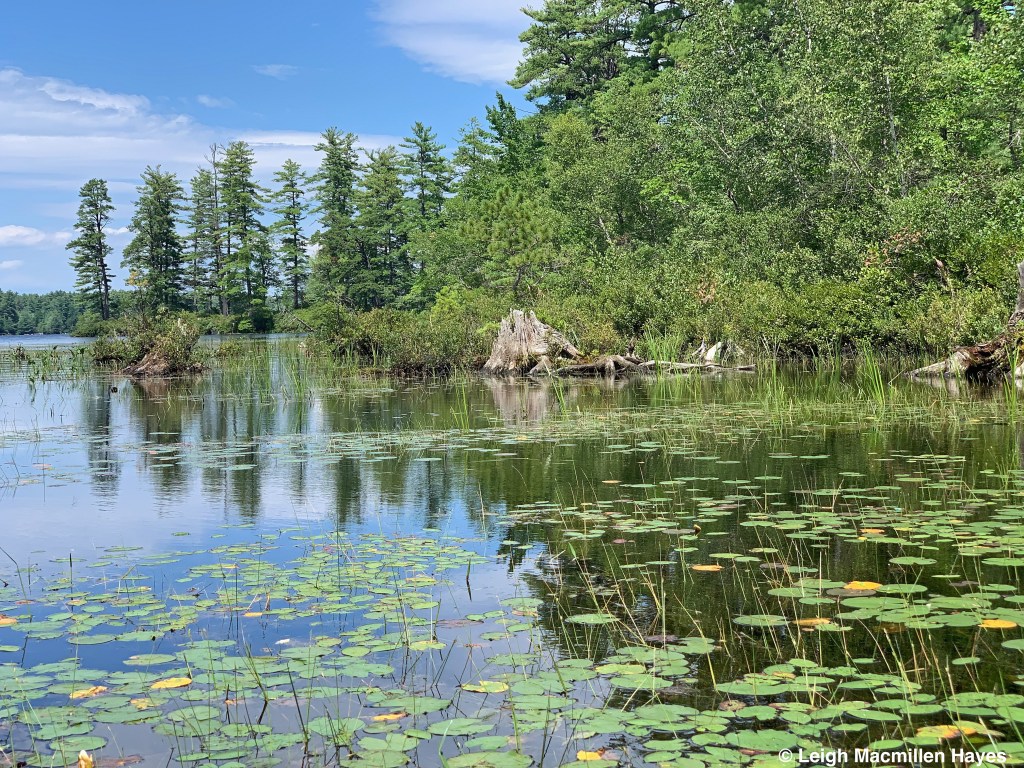



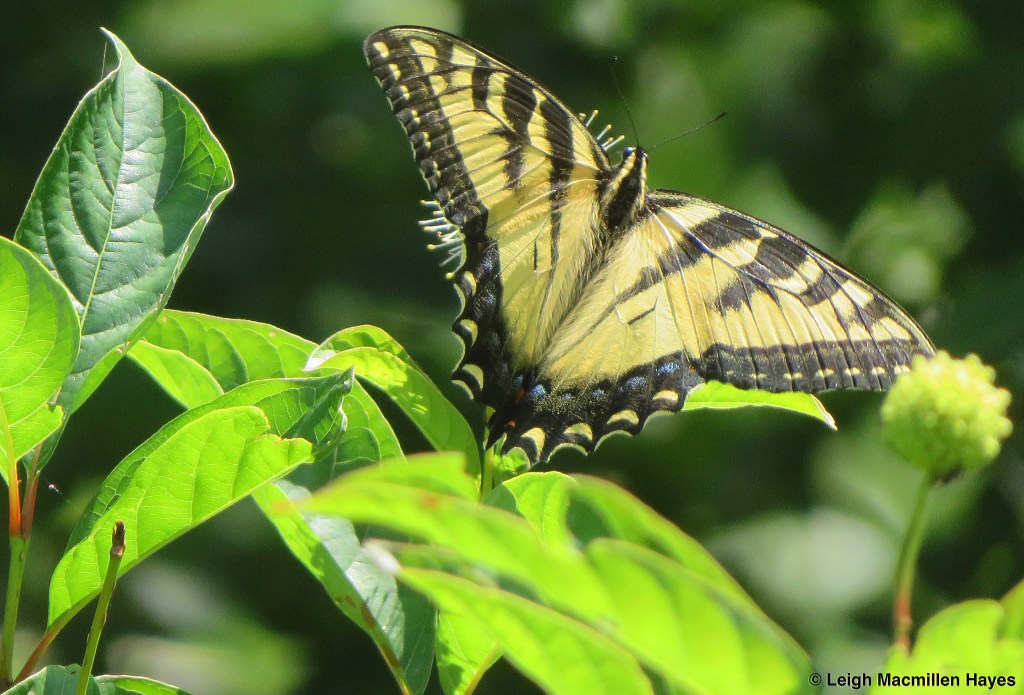
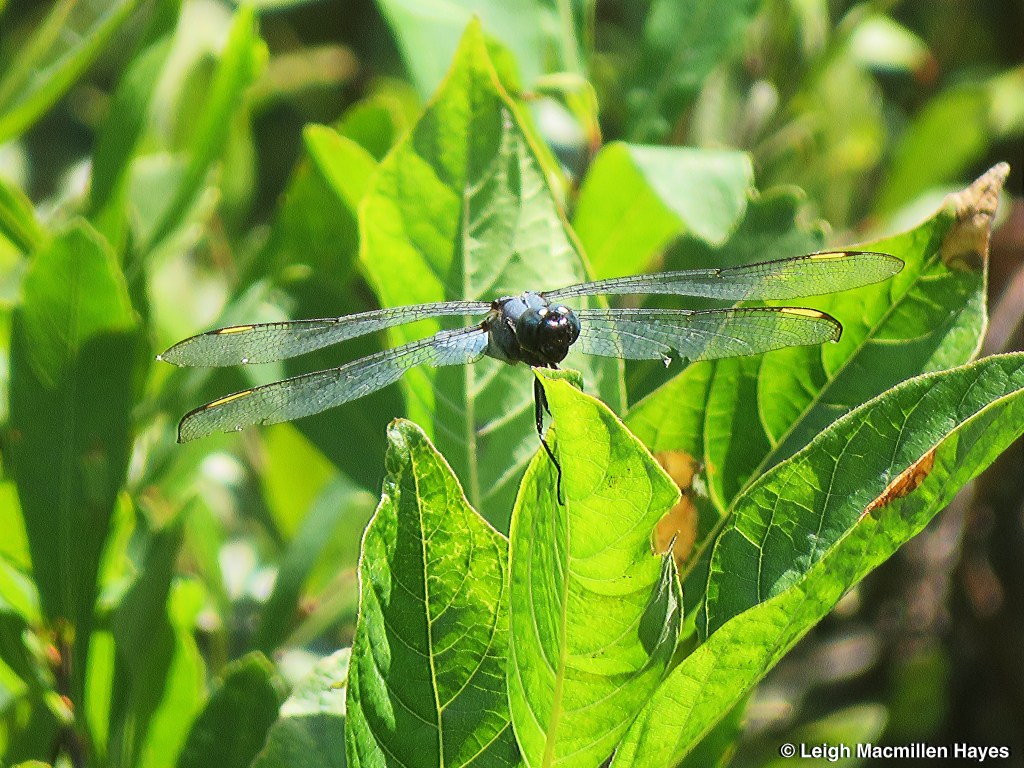


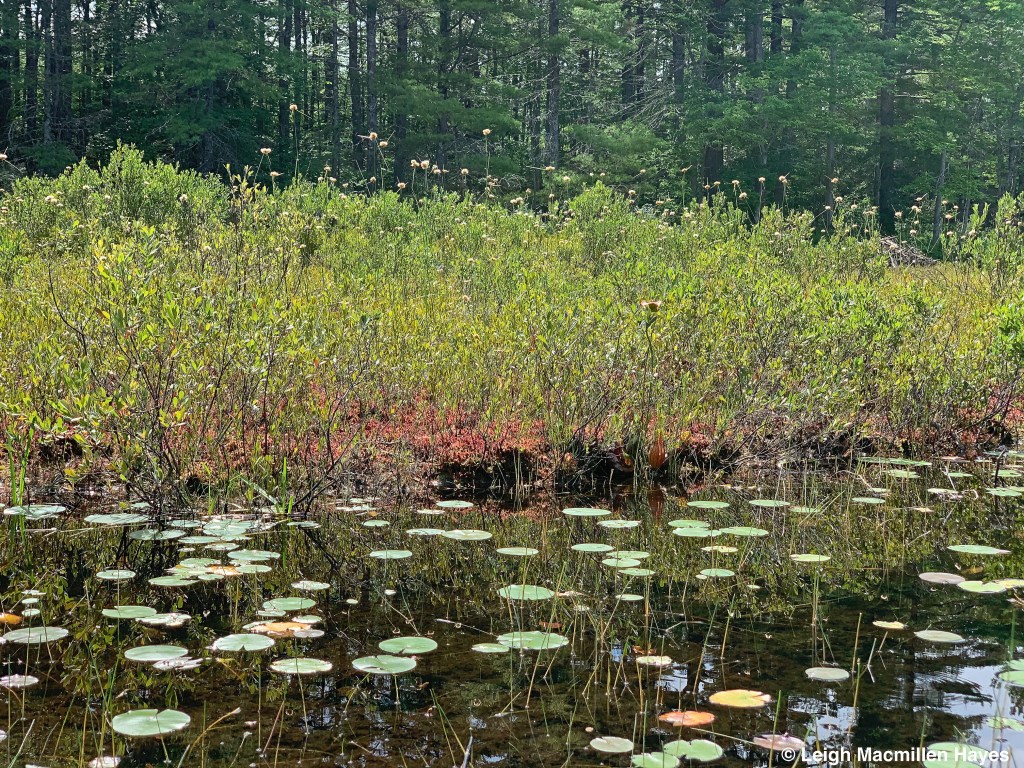
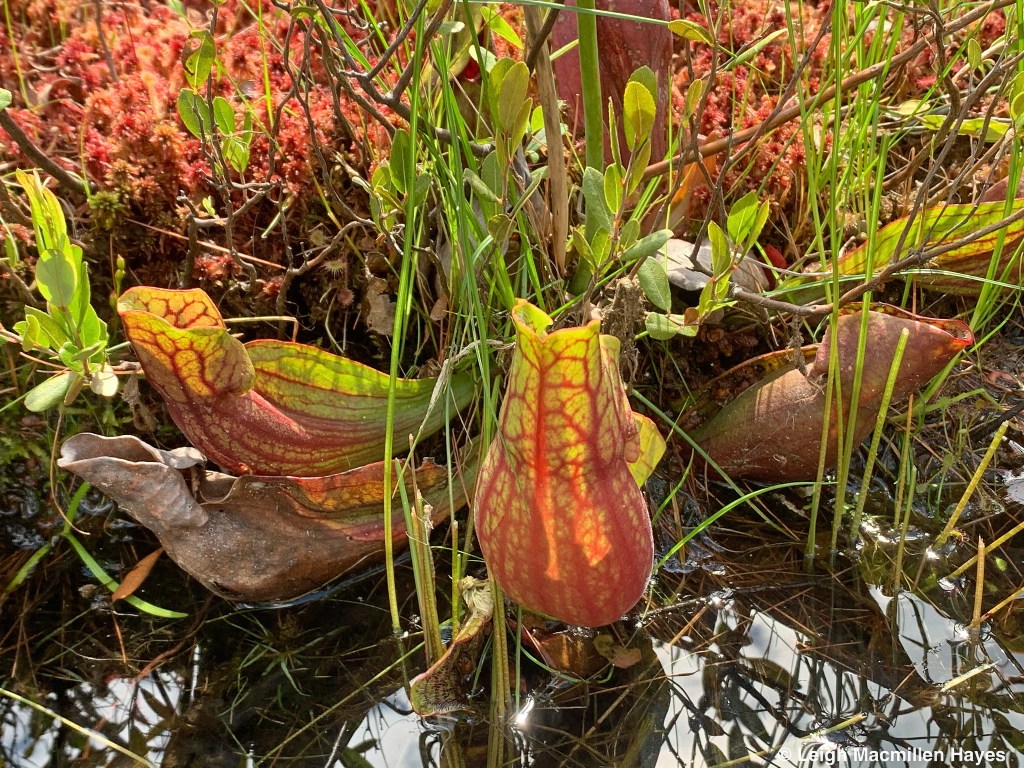
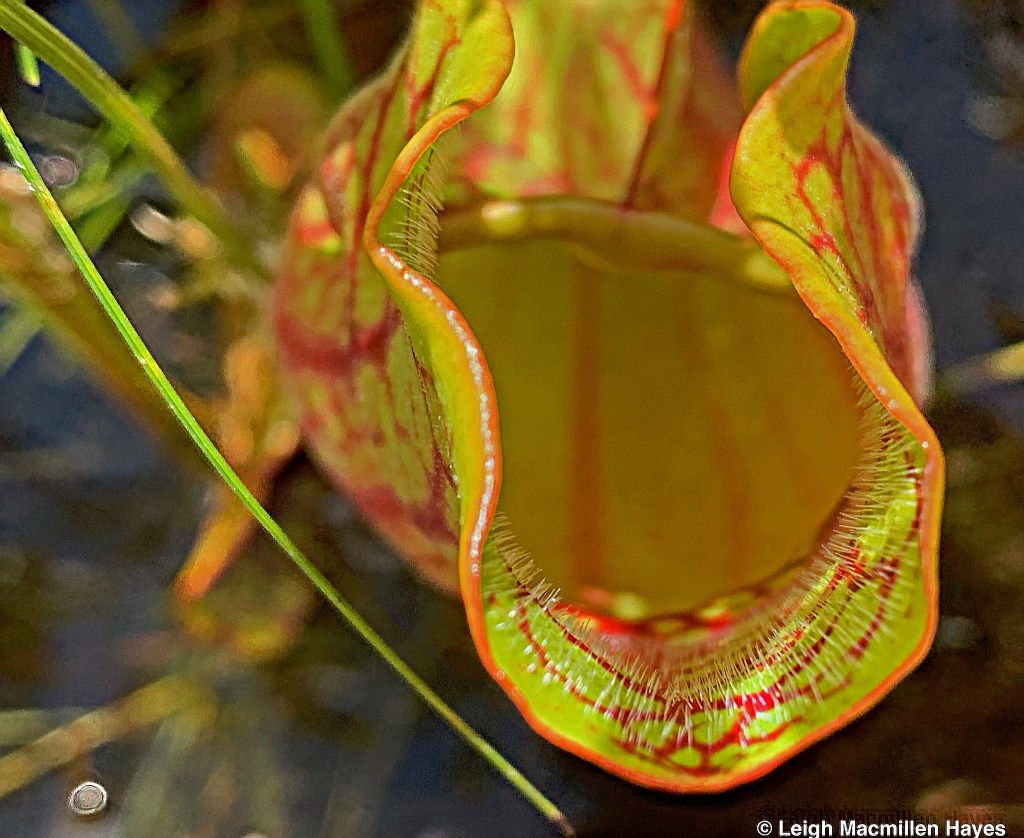

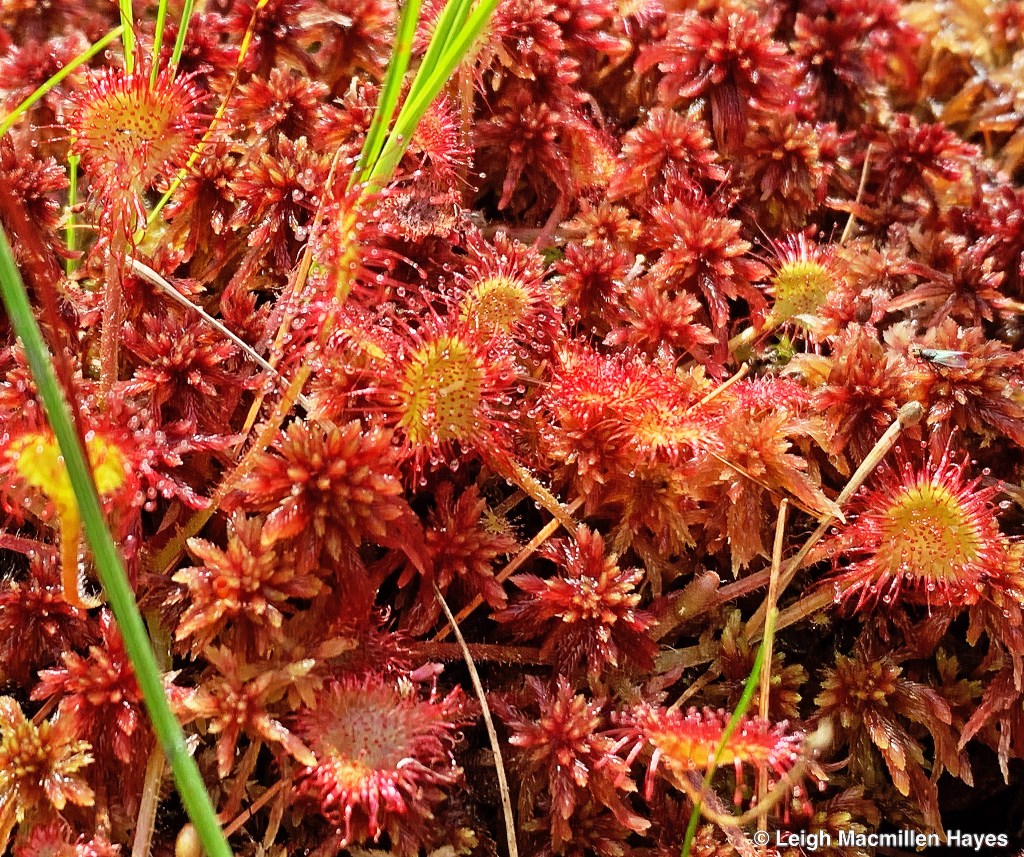
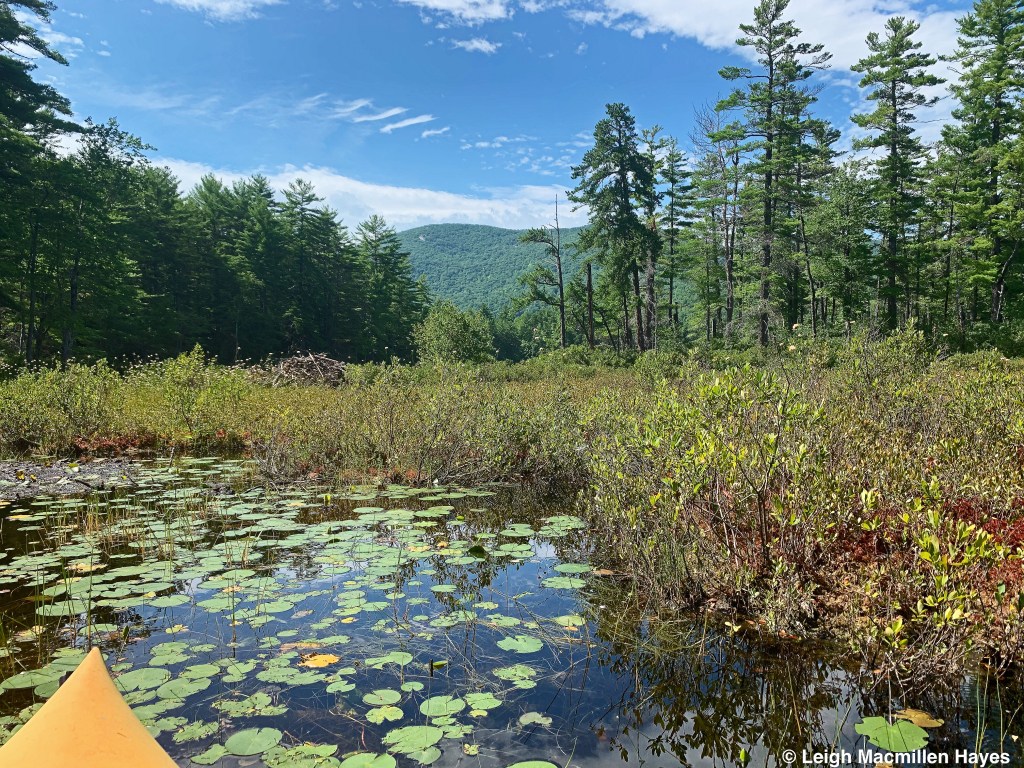

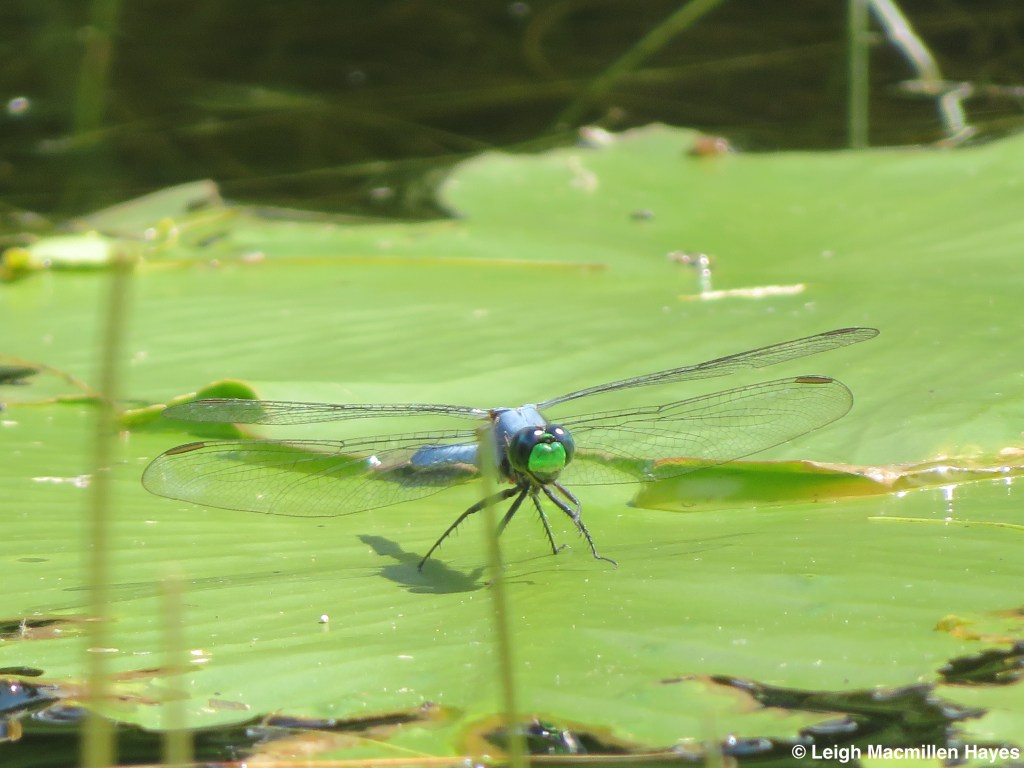







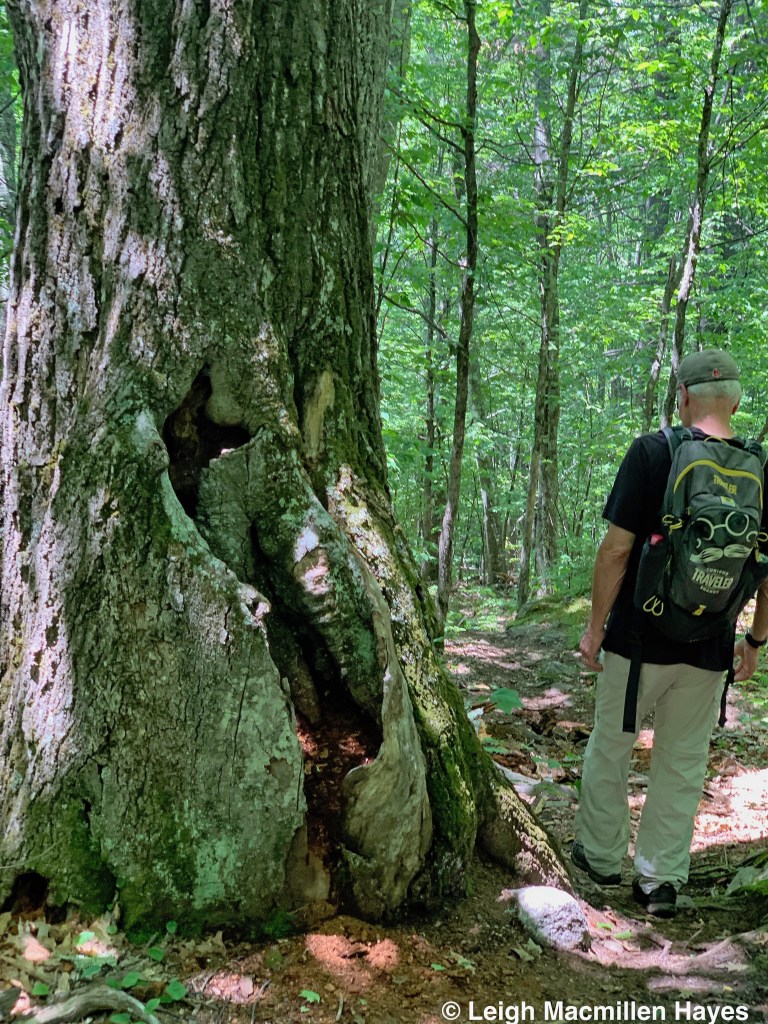

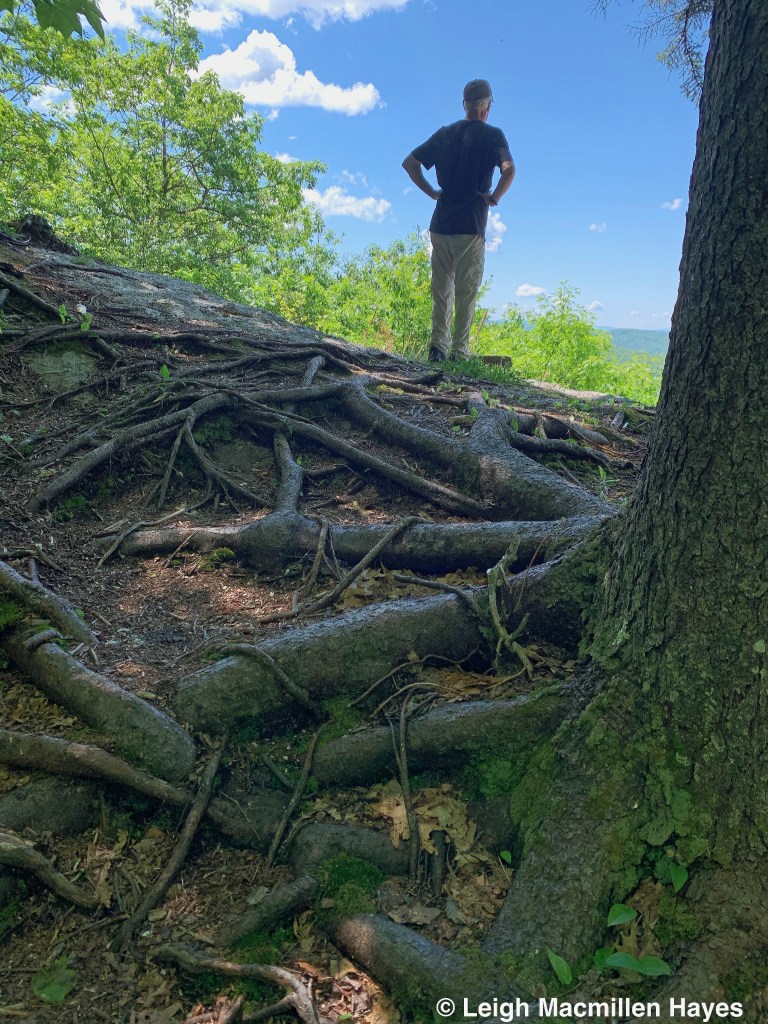
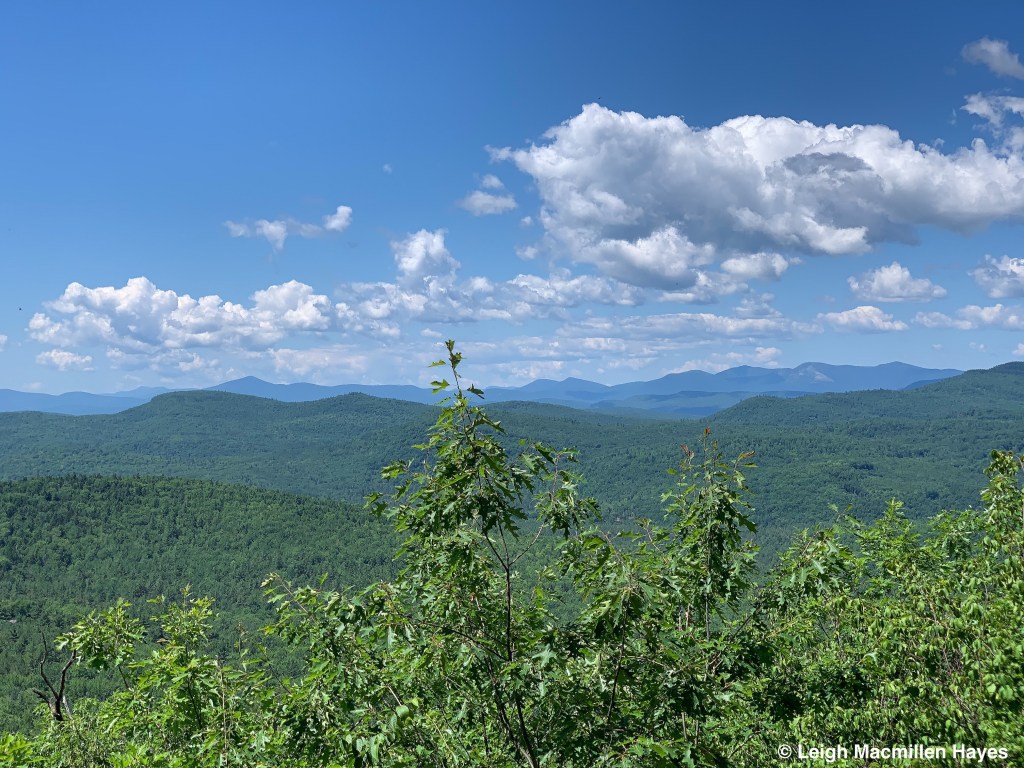

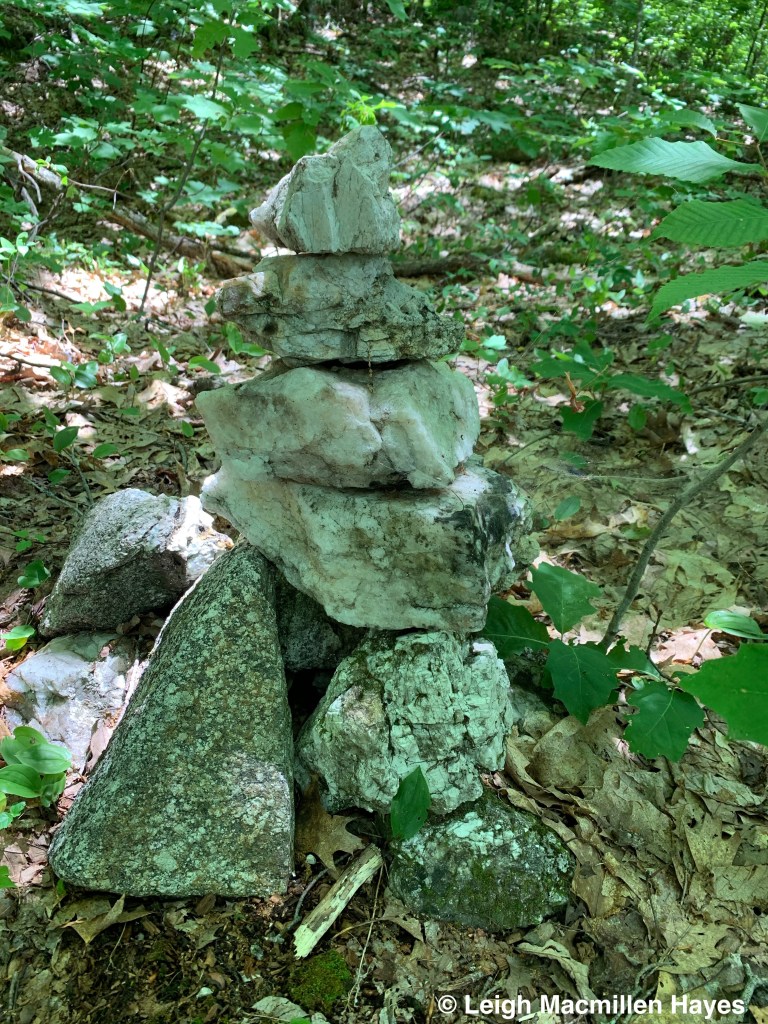
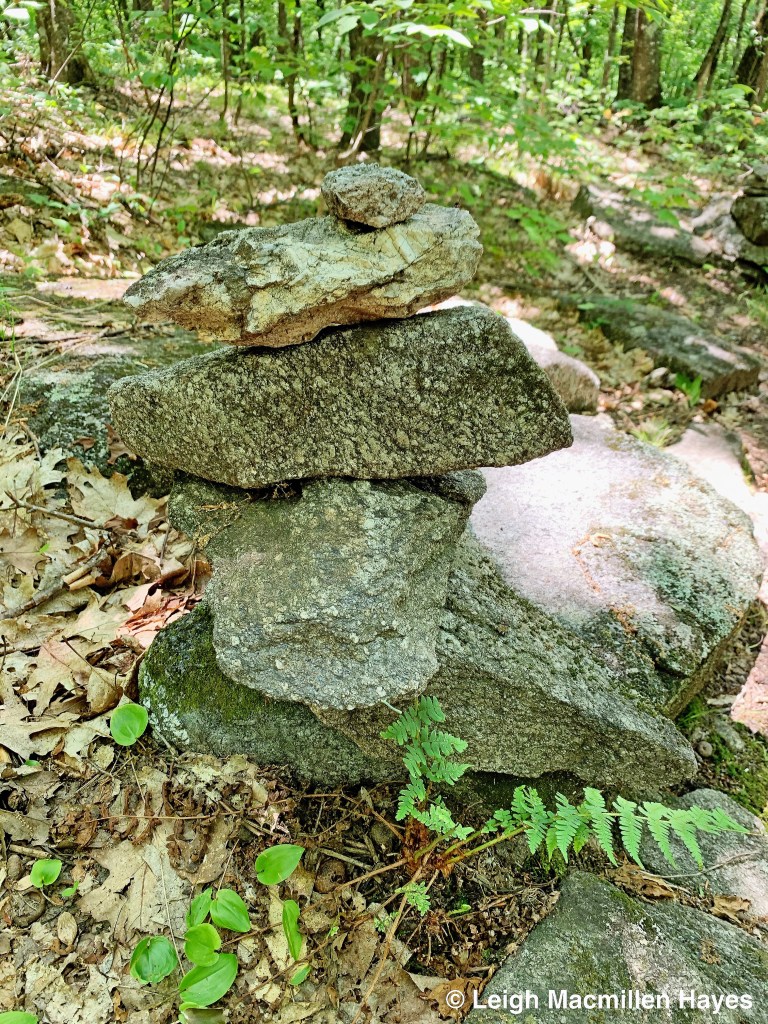
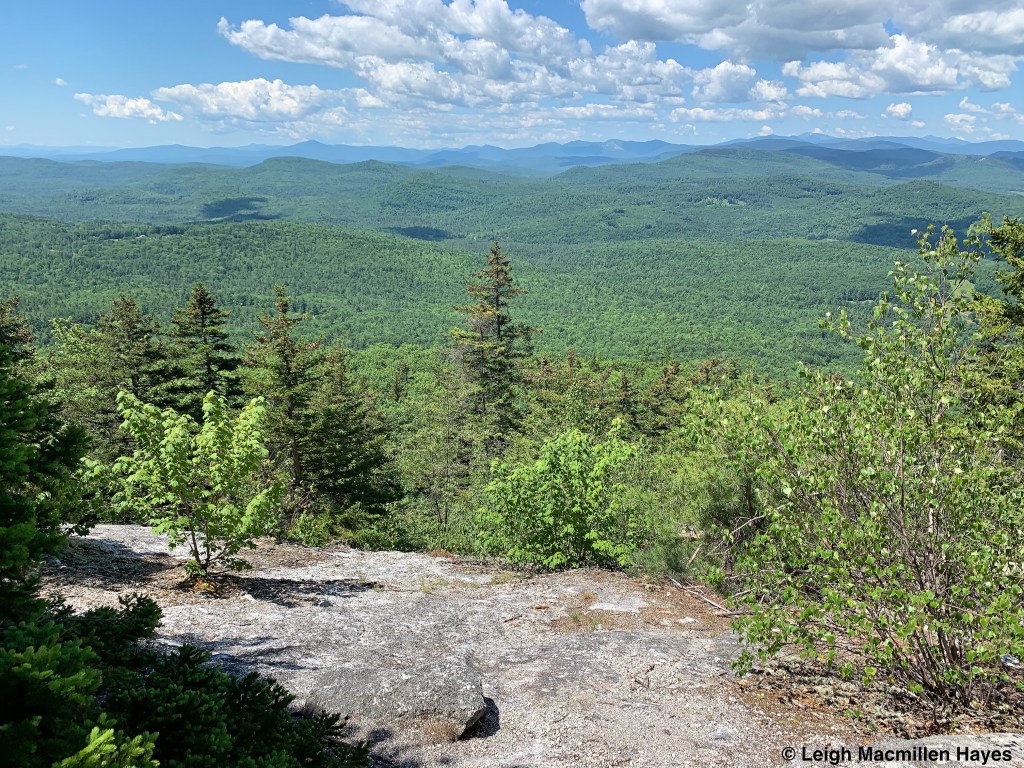
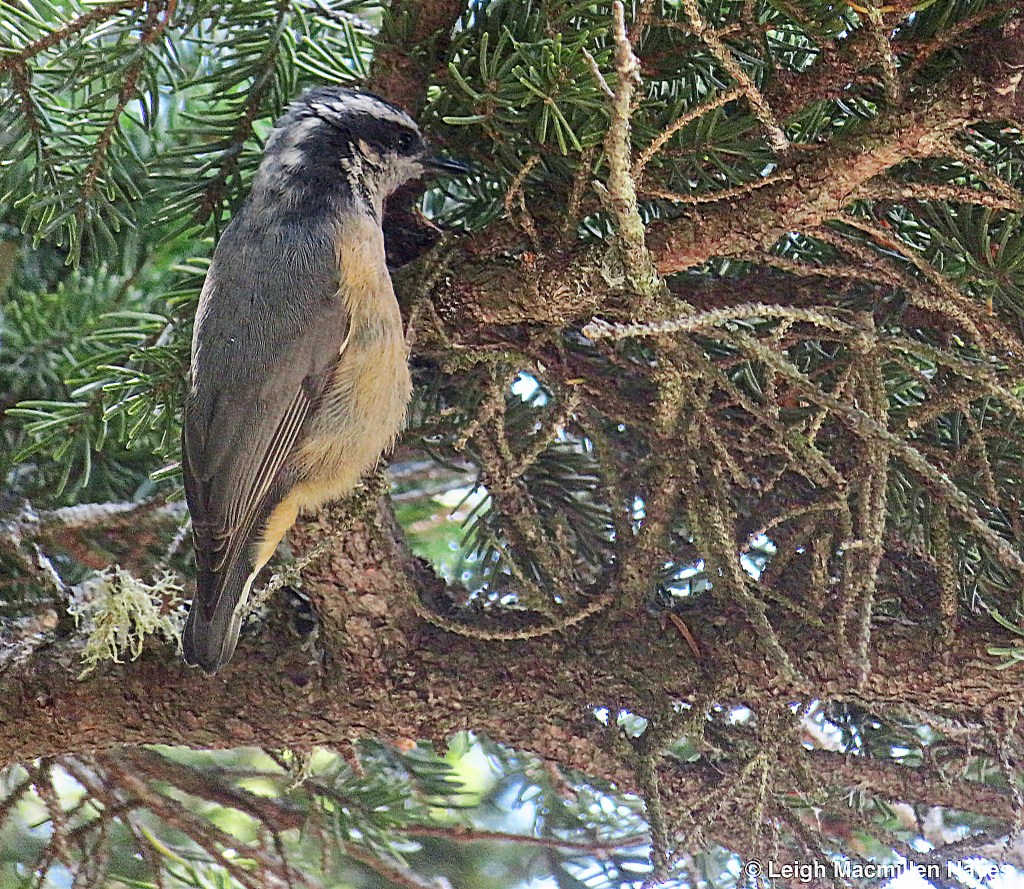

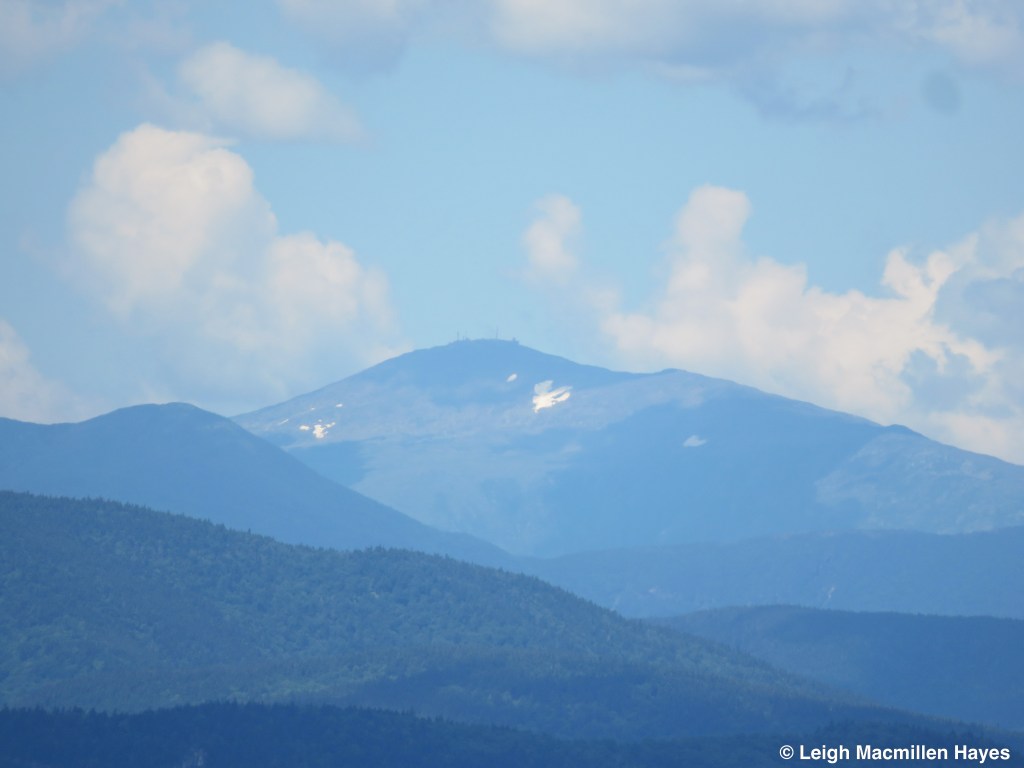

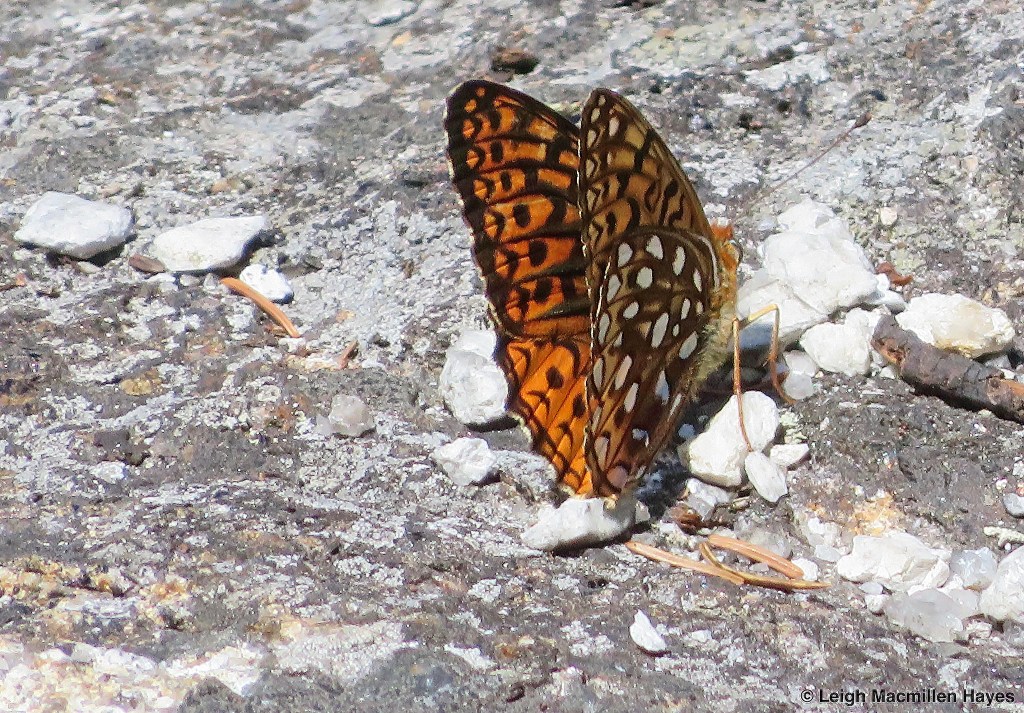


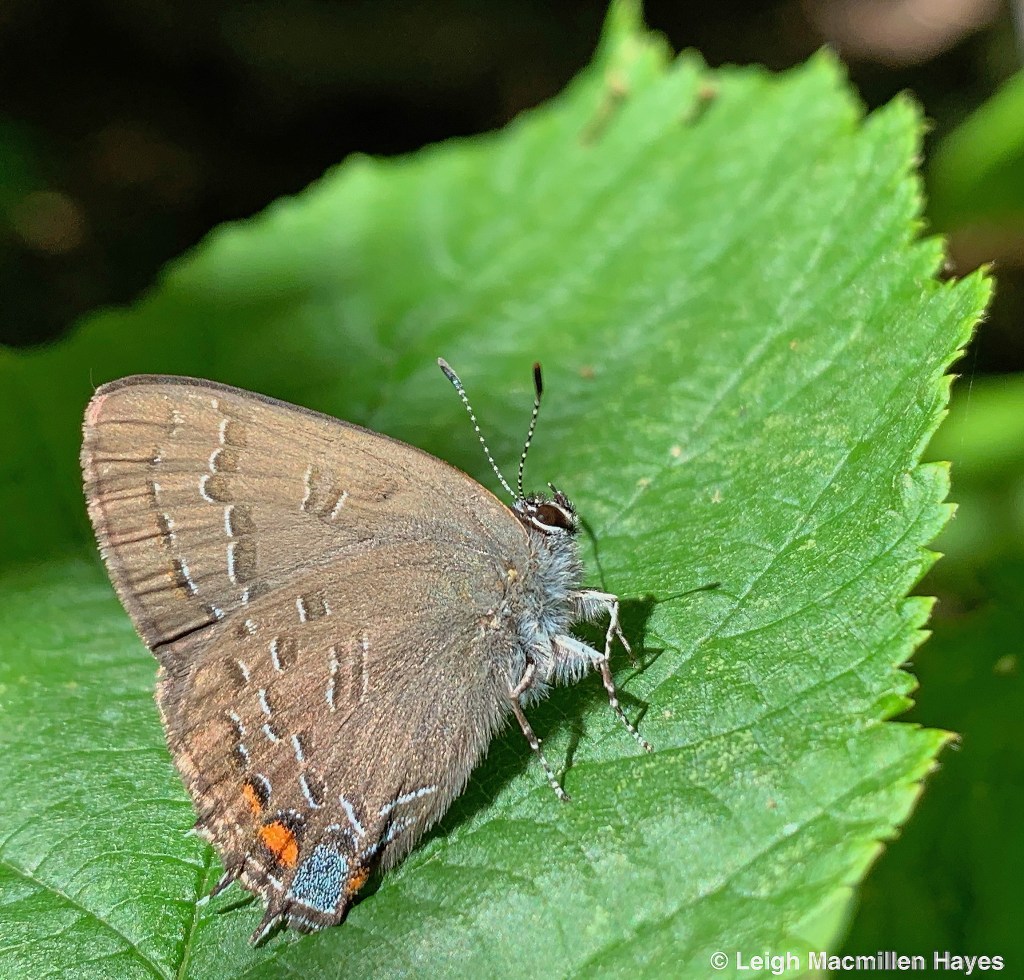




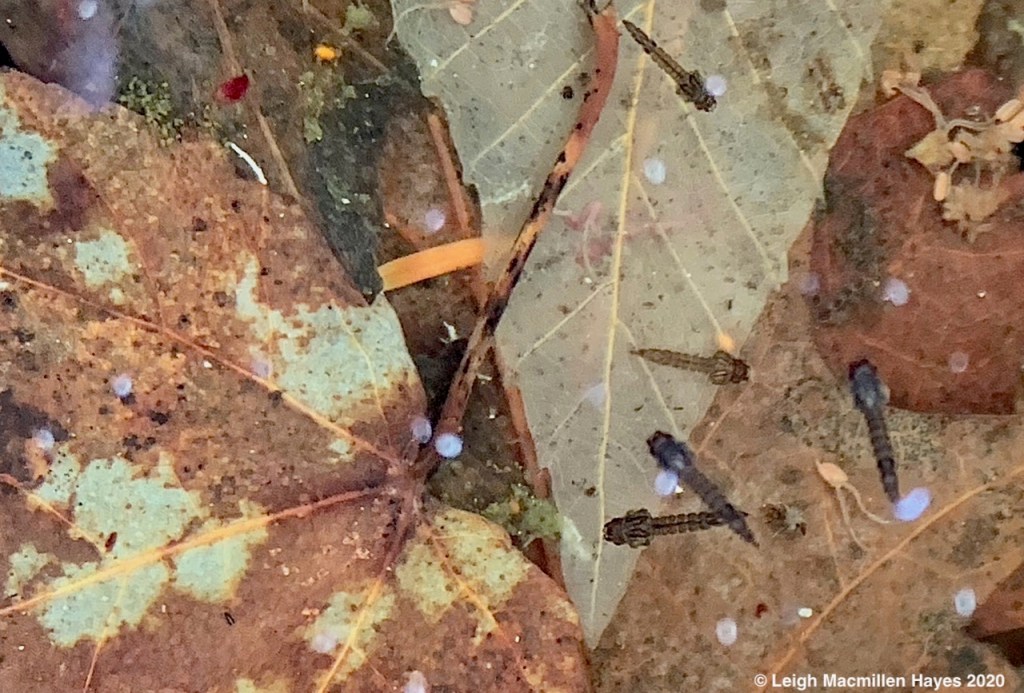
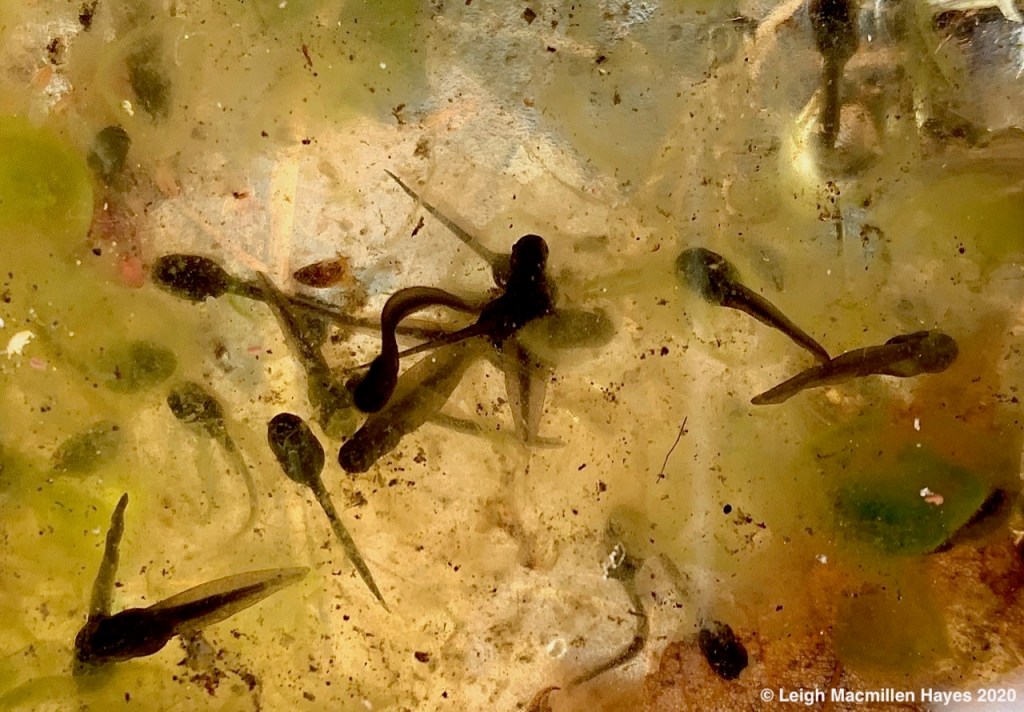







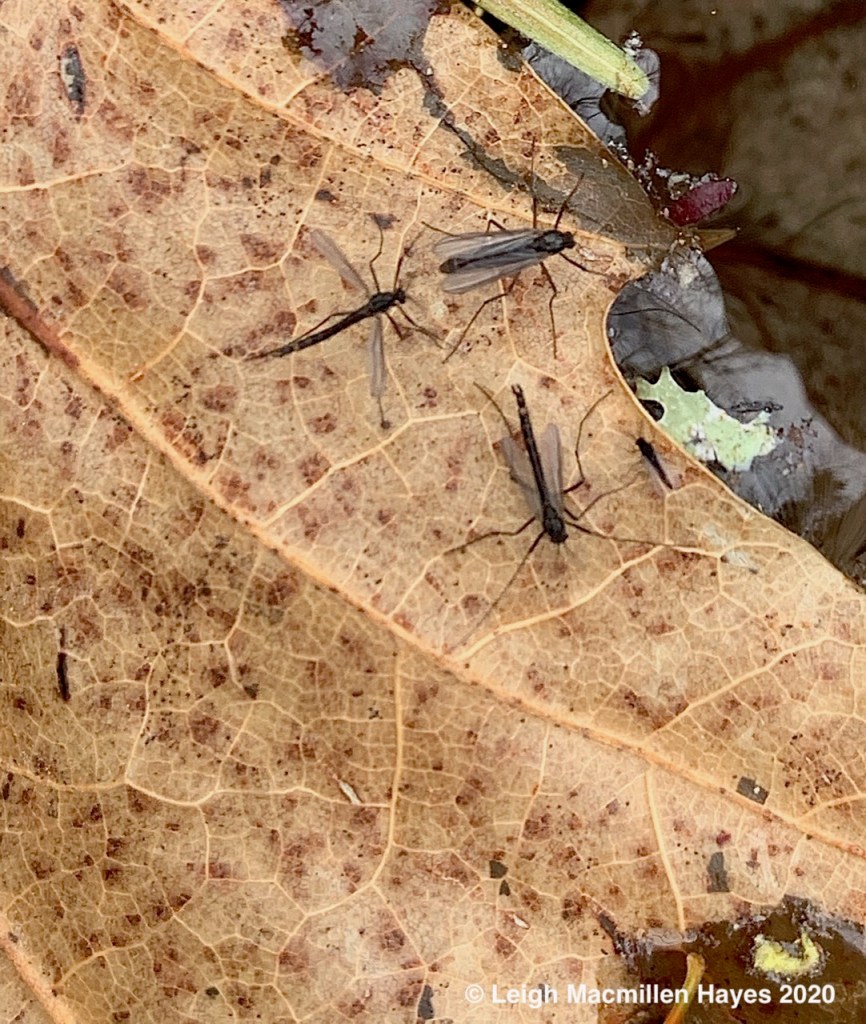


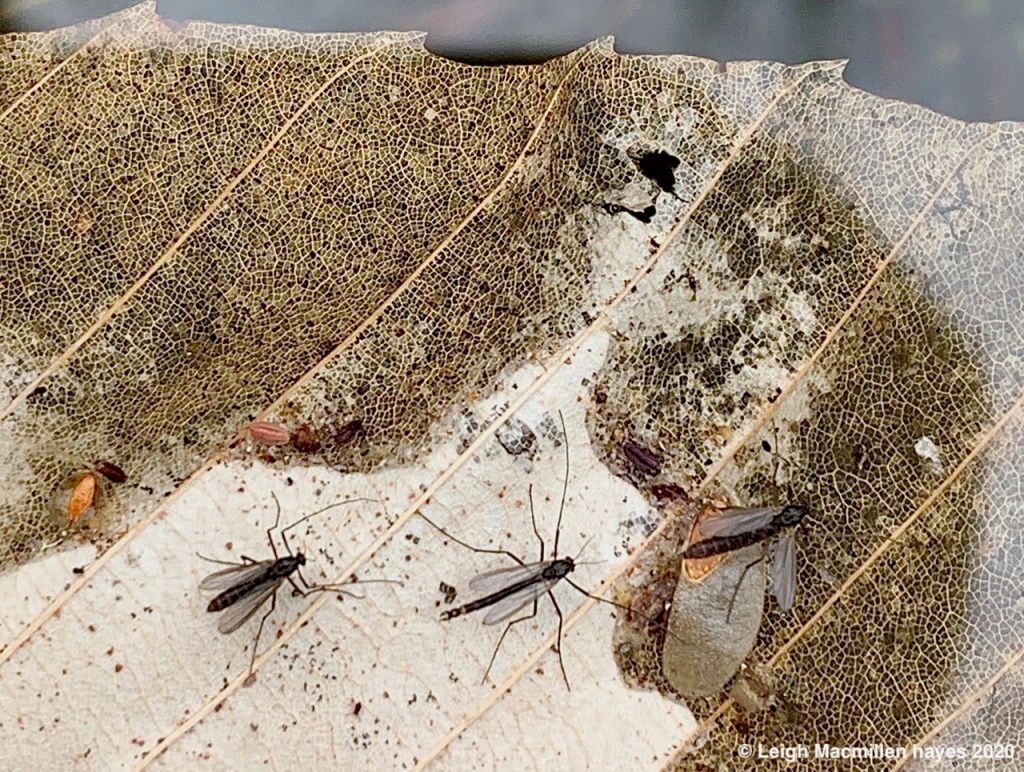




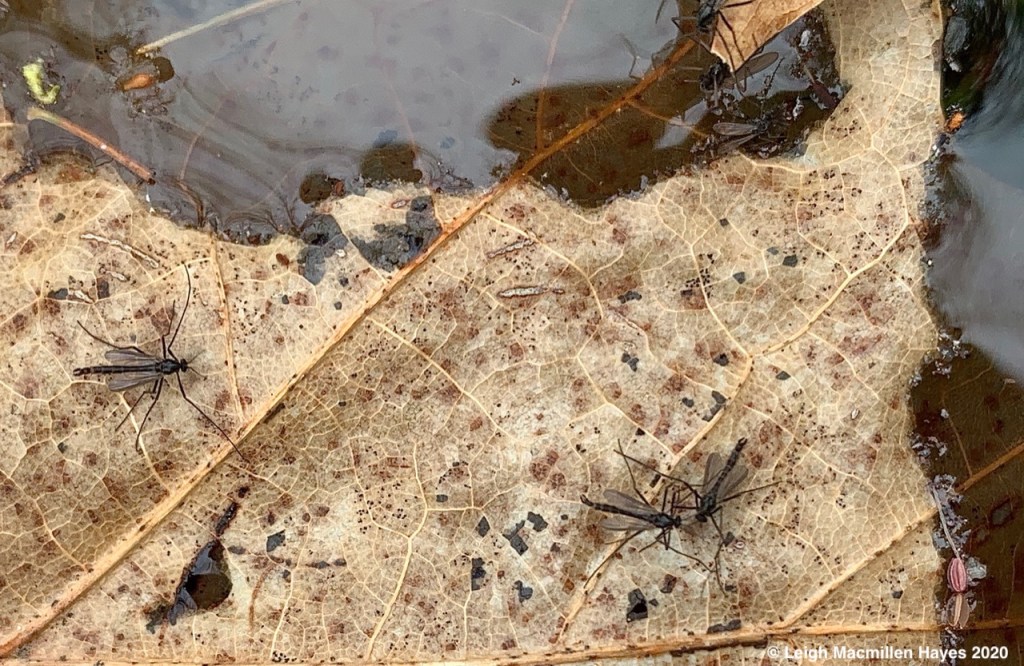





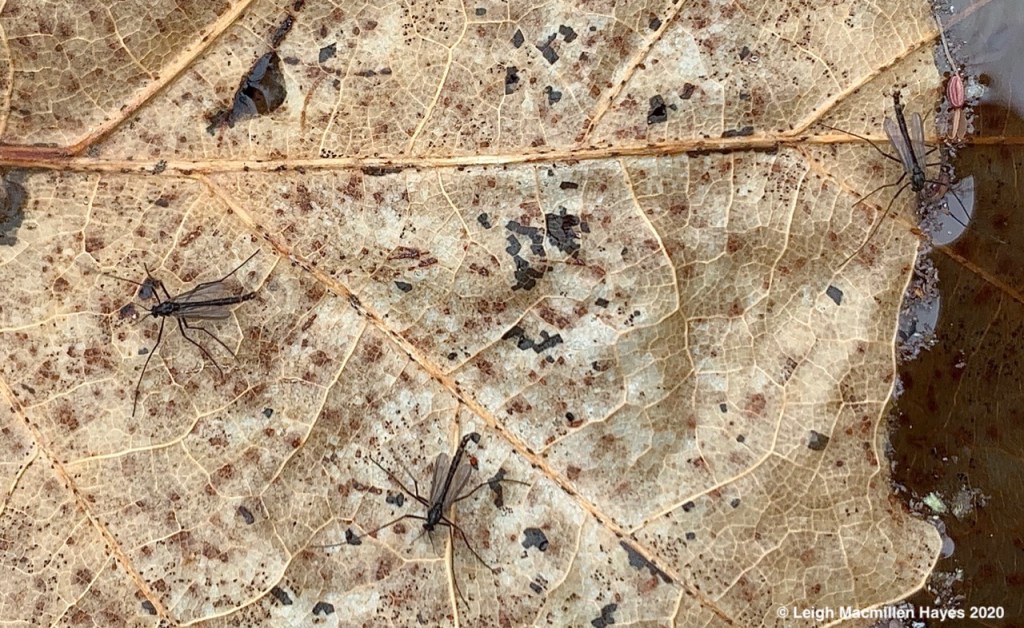

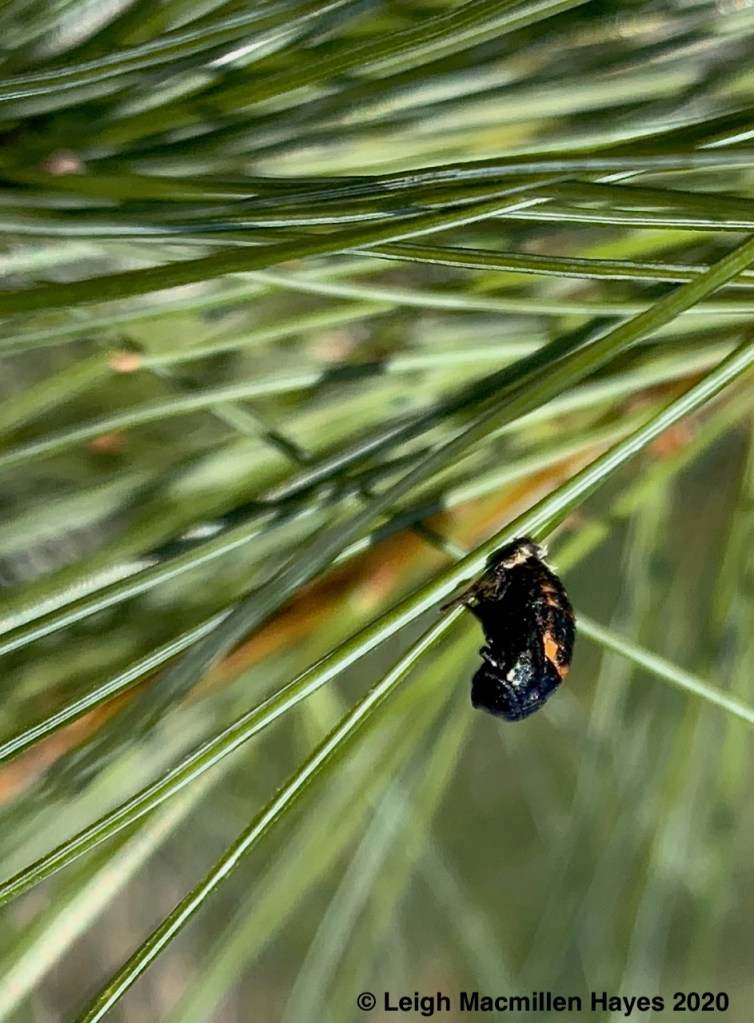



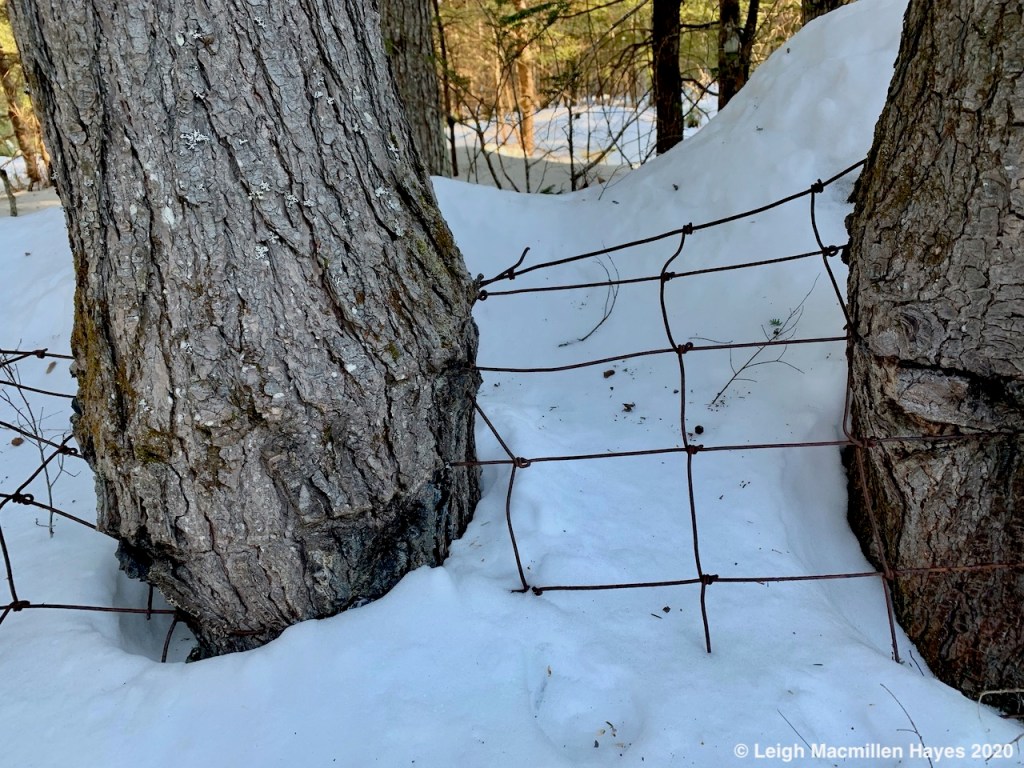


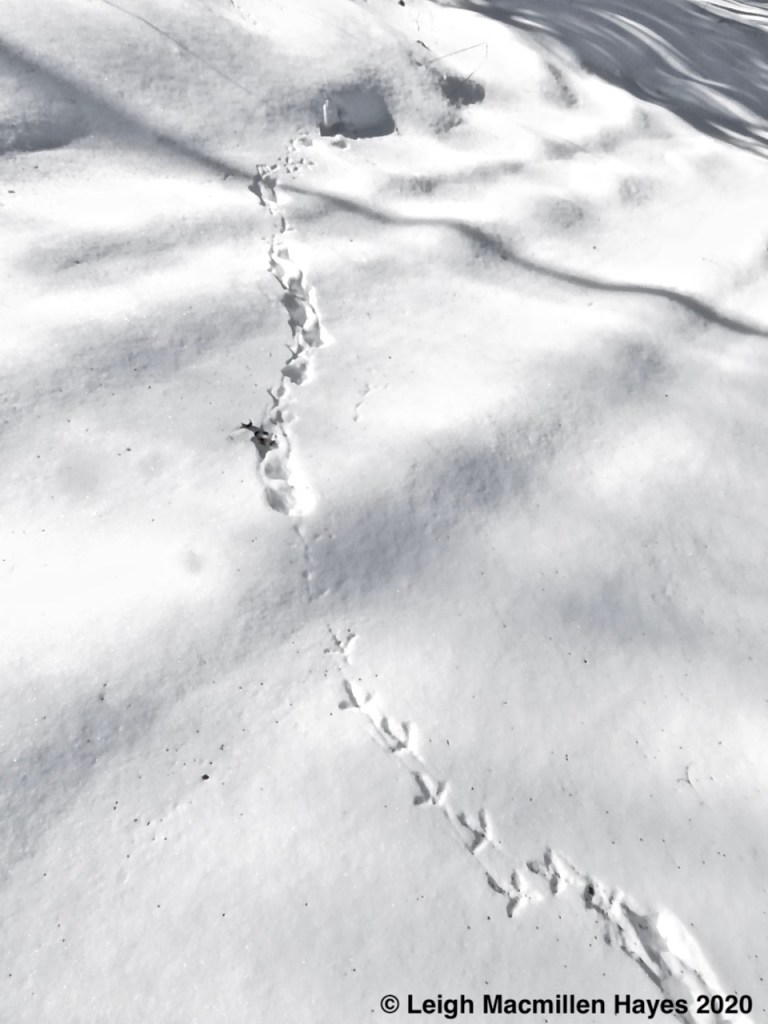








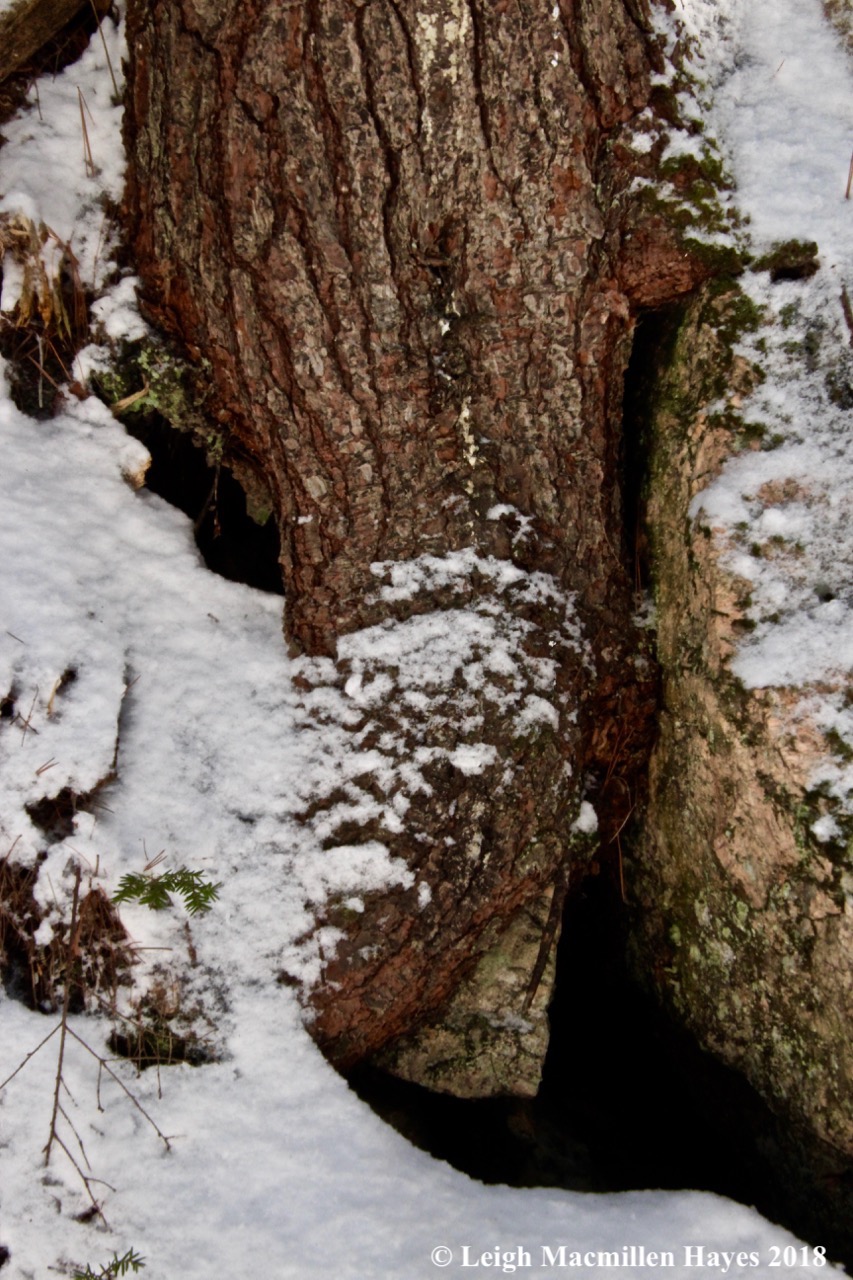





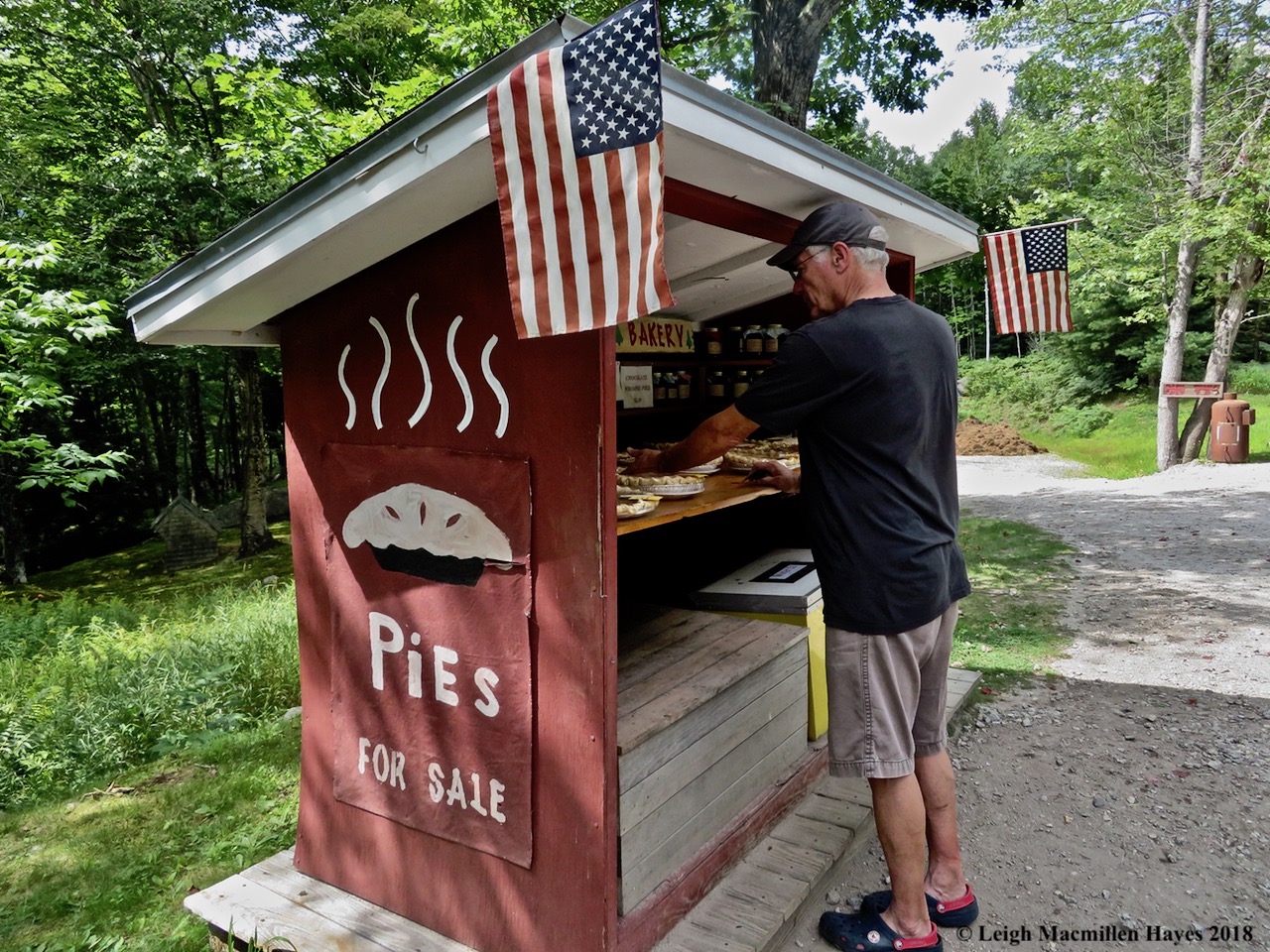


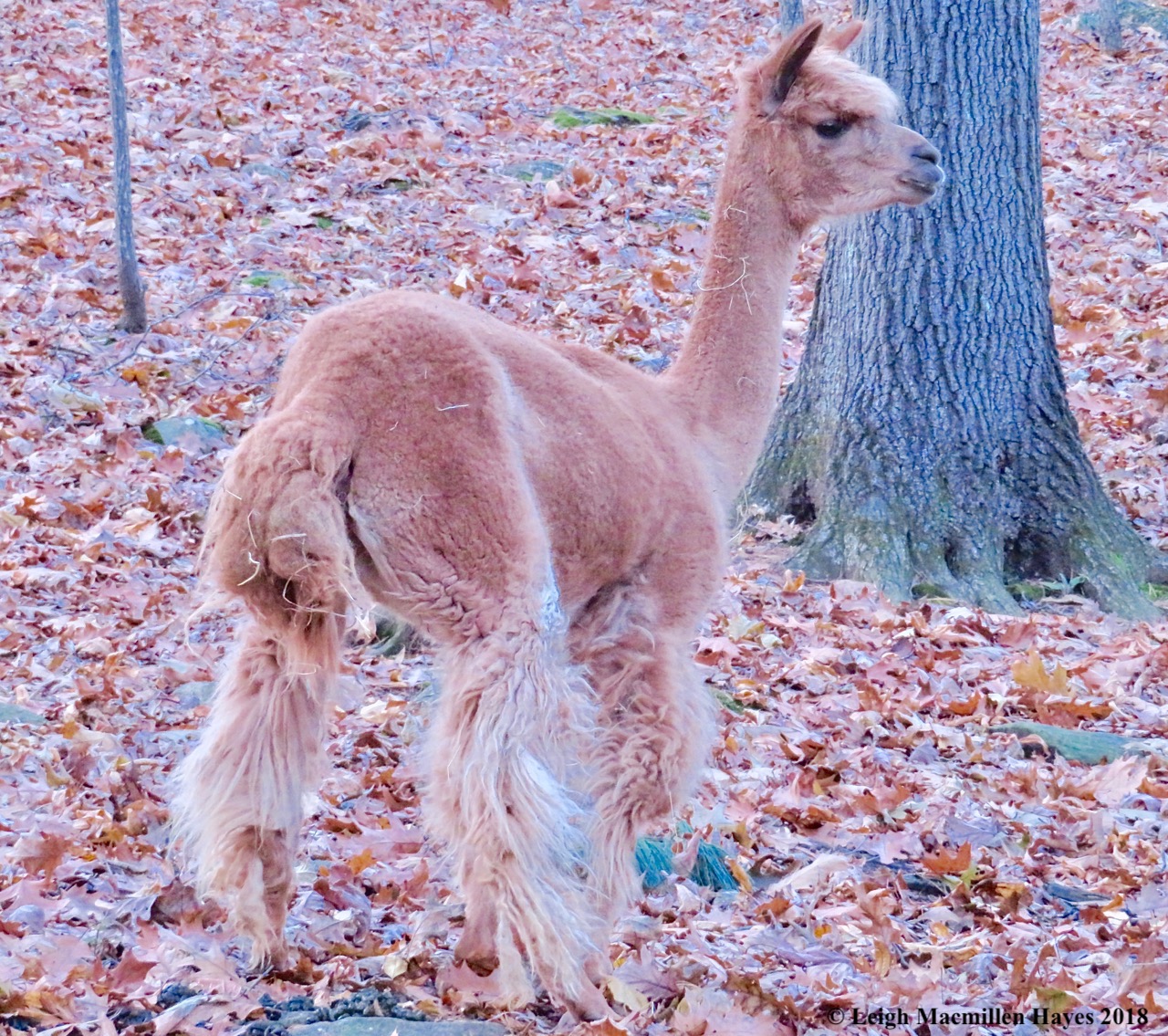











You must be logged in to post a comment.